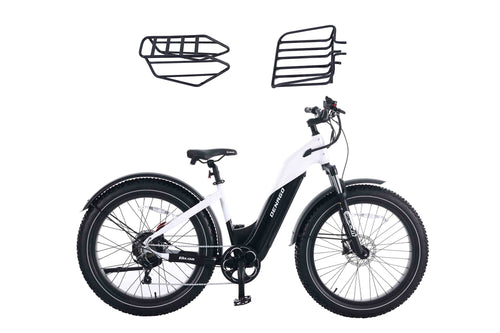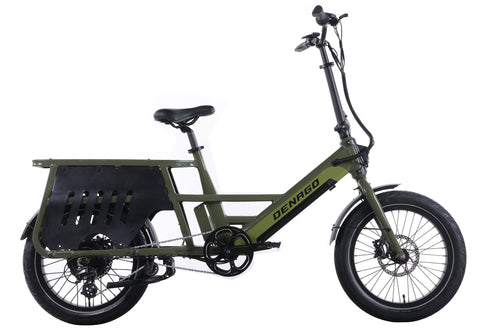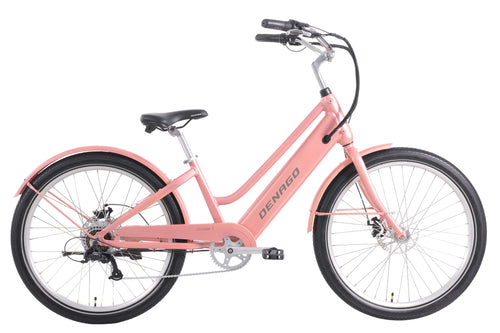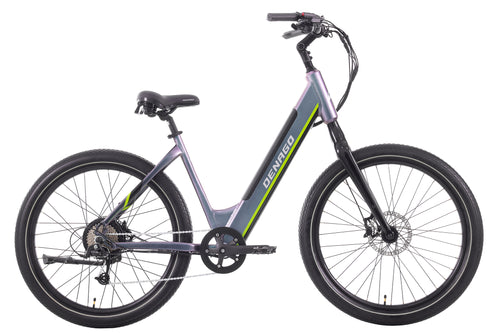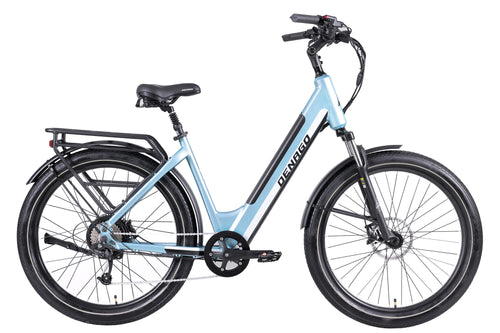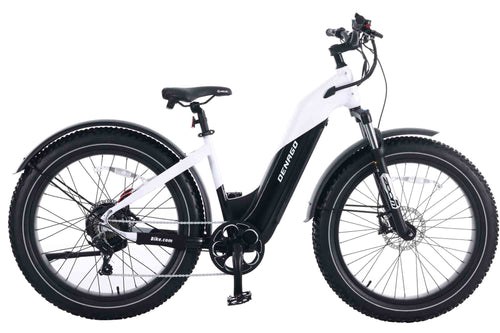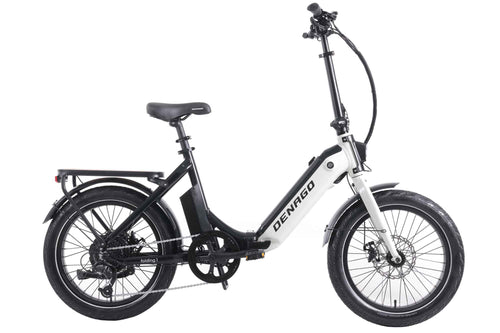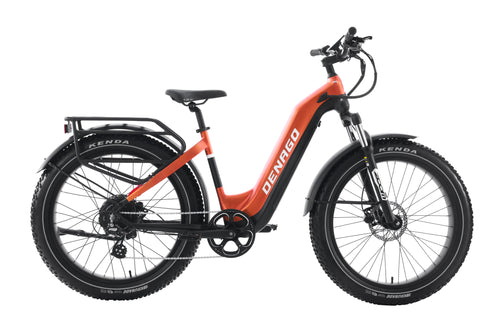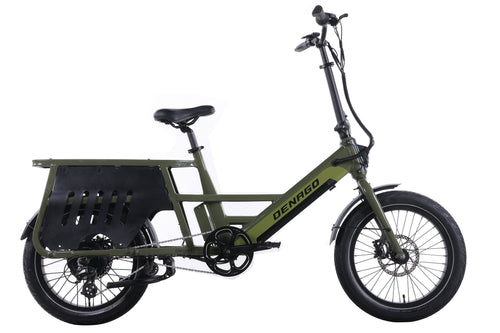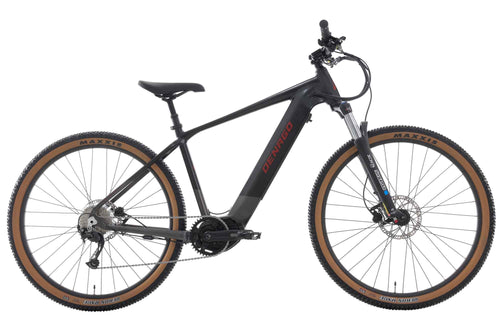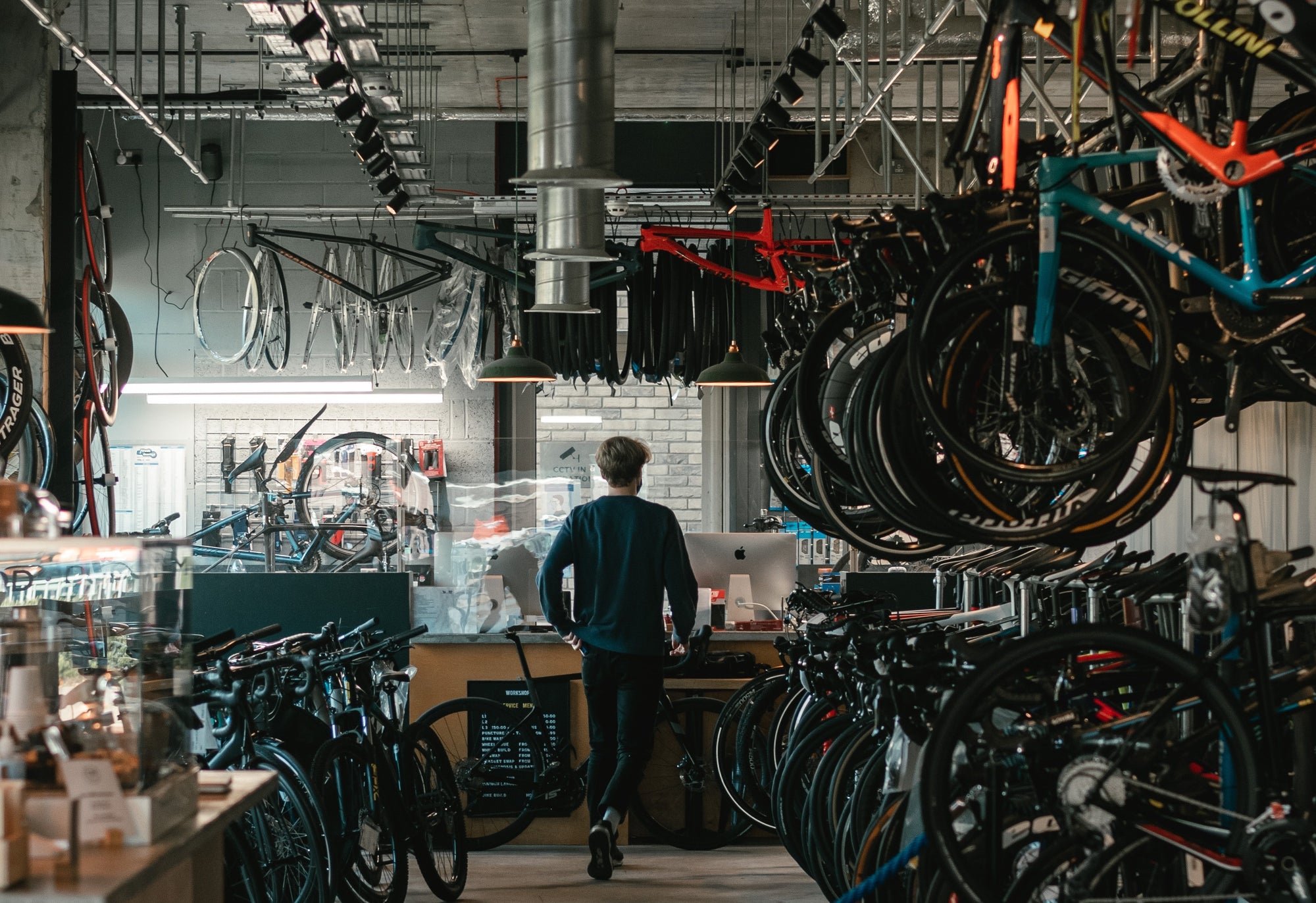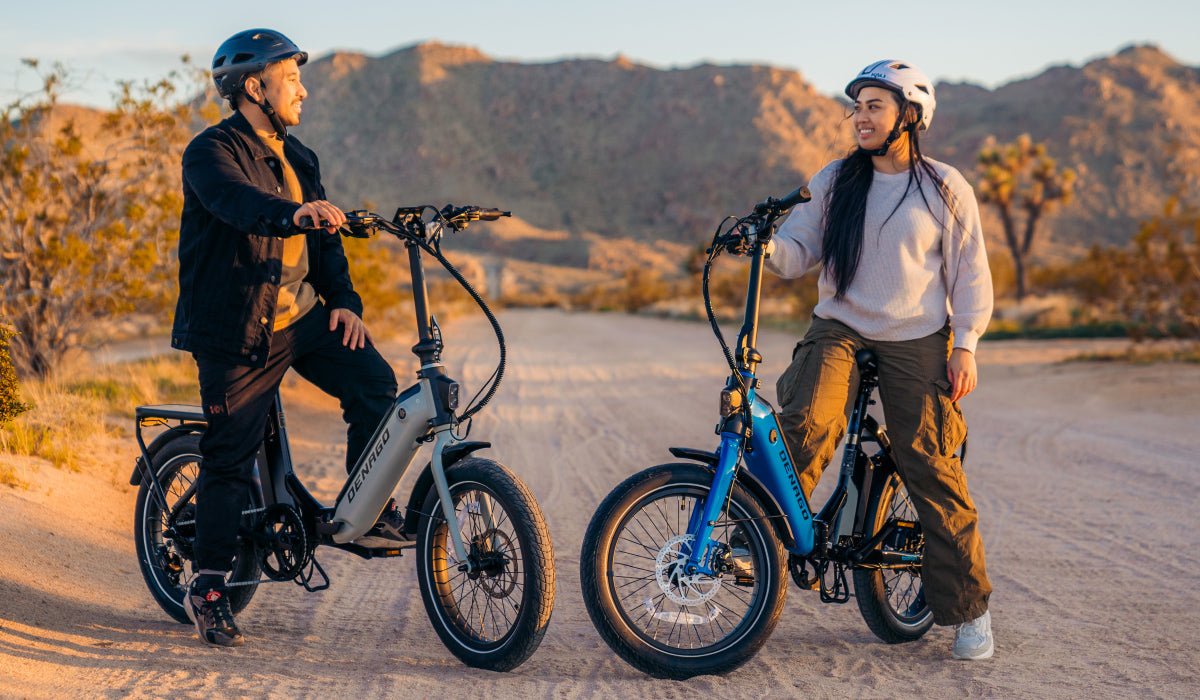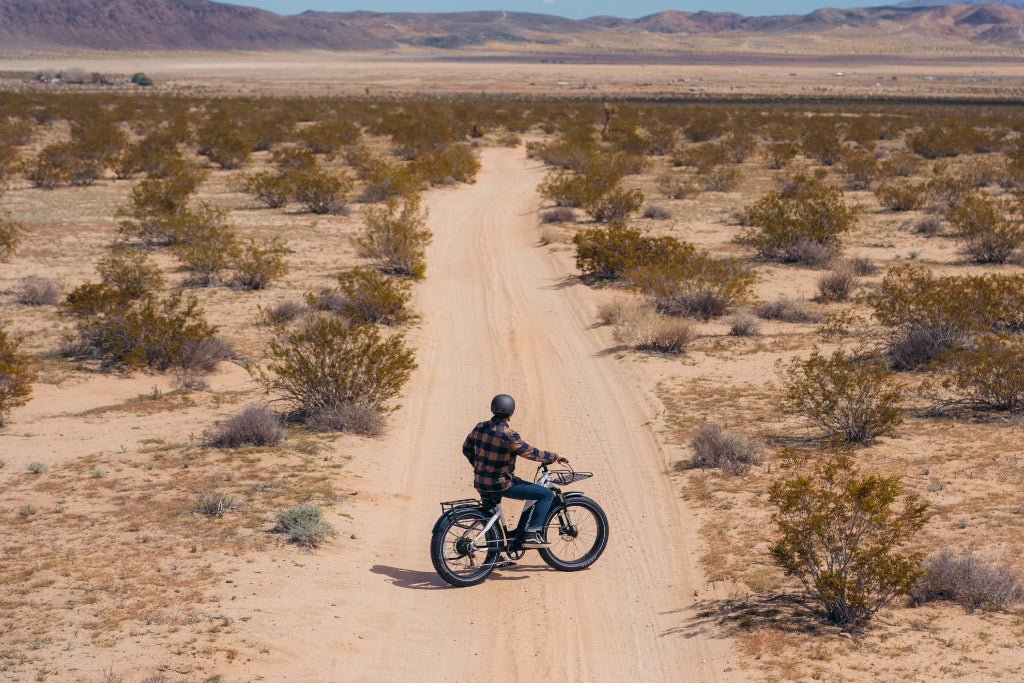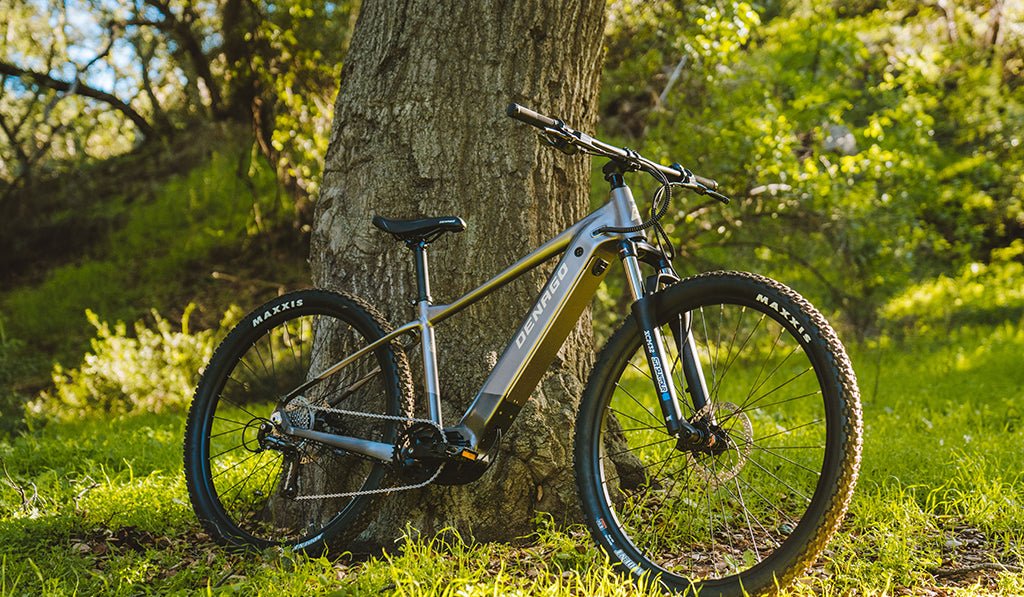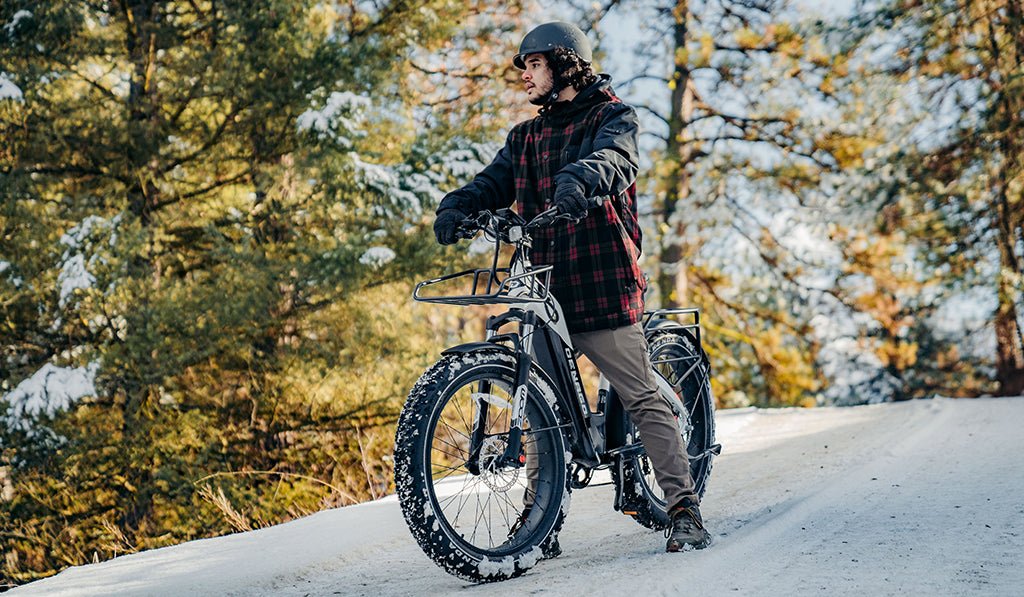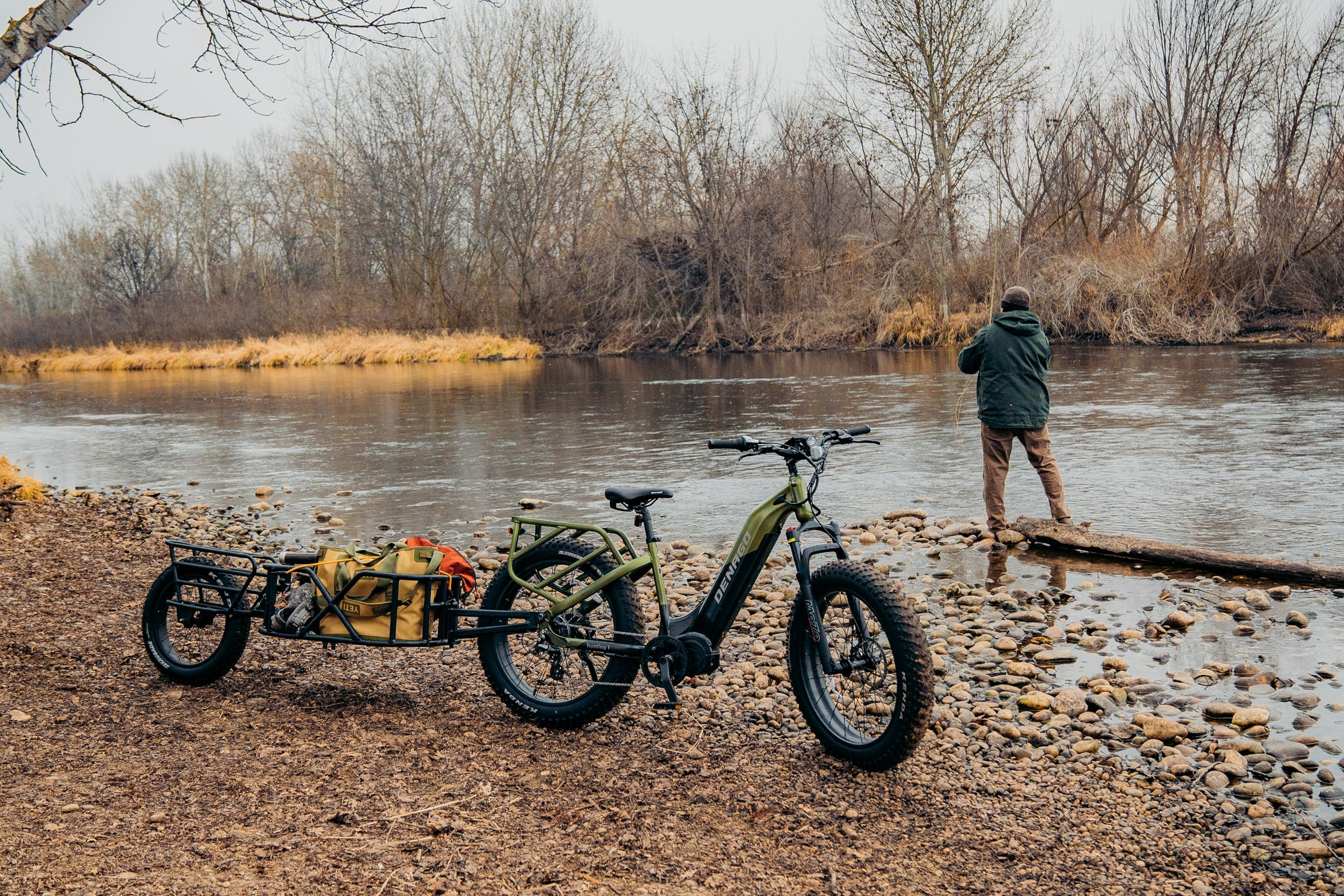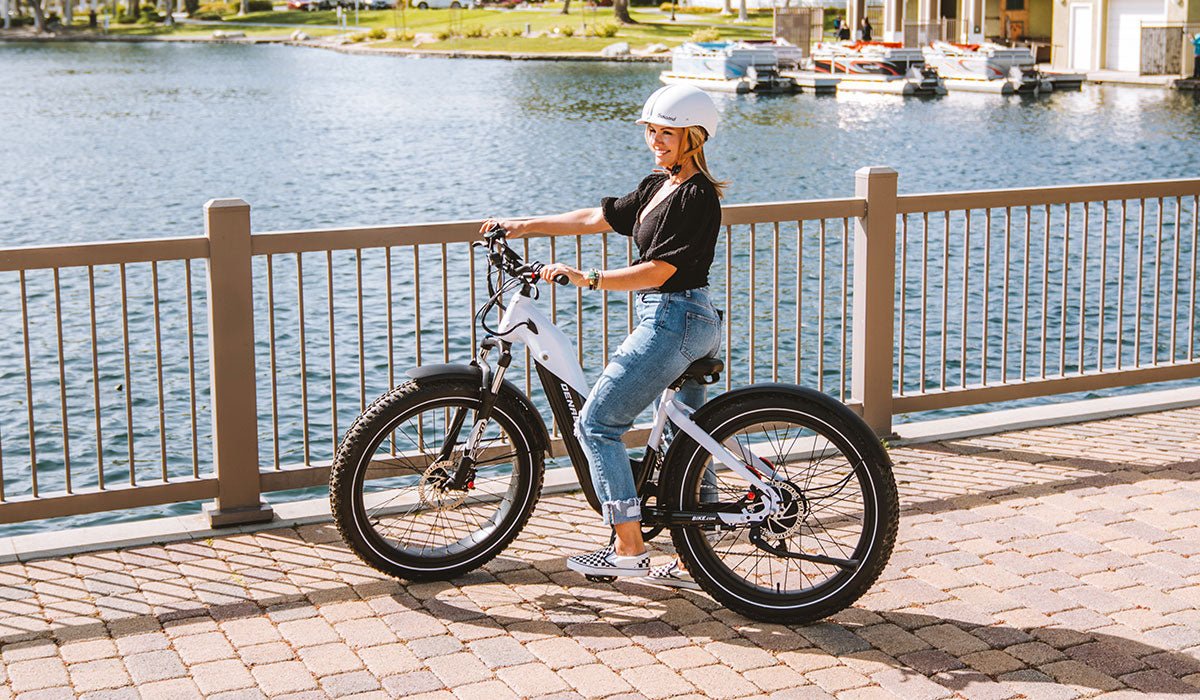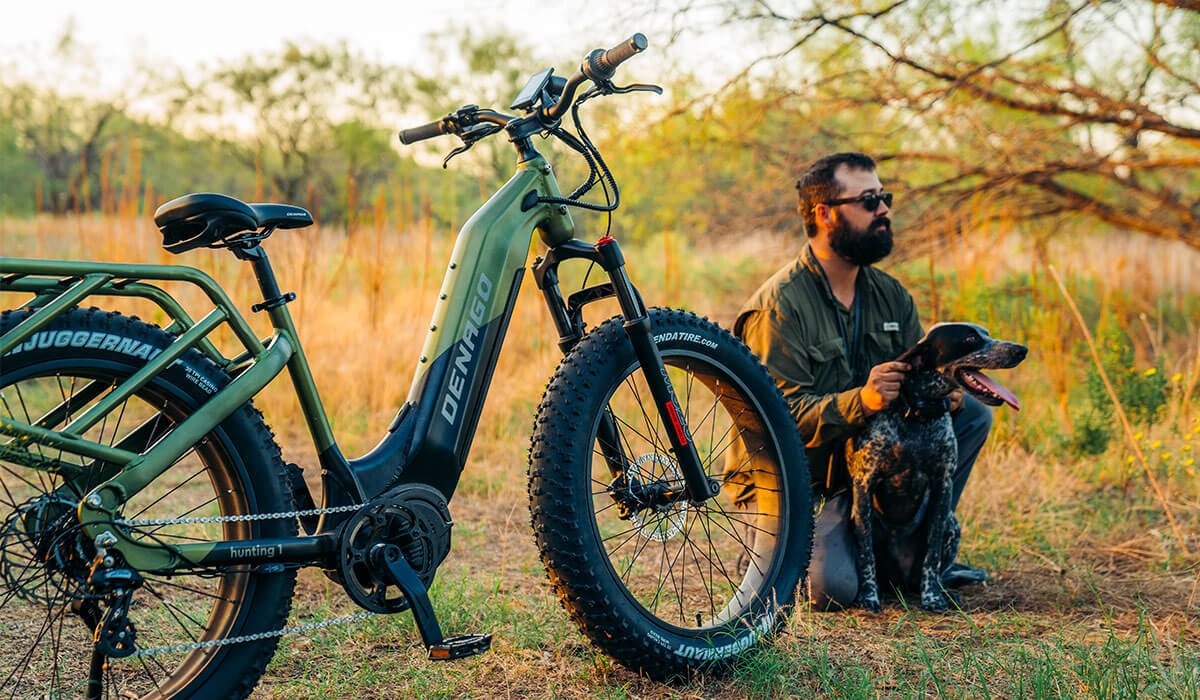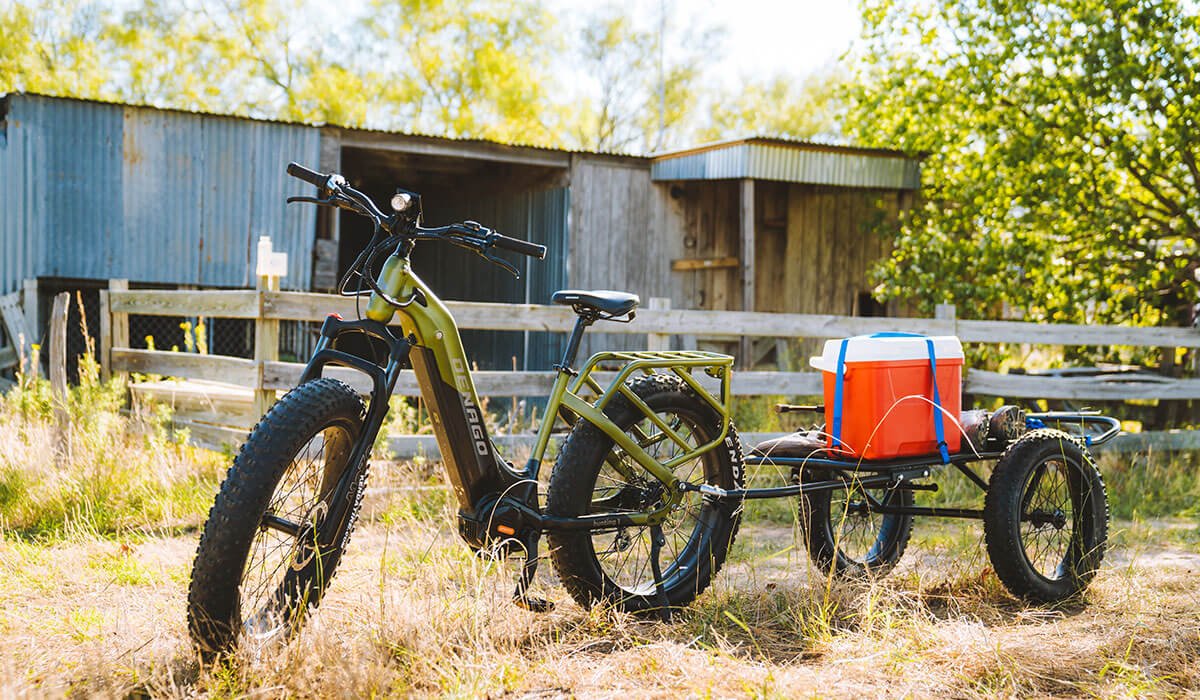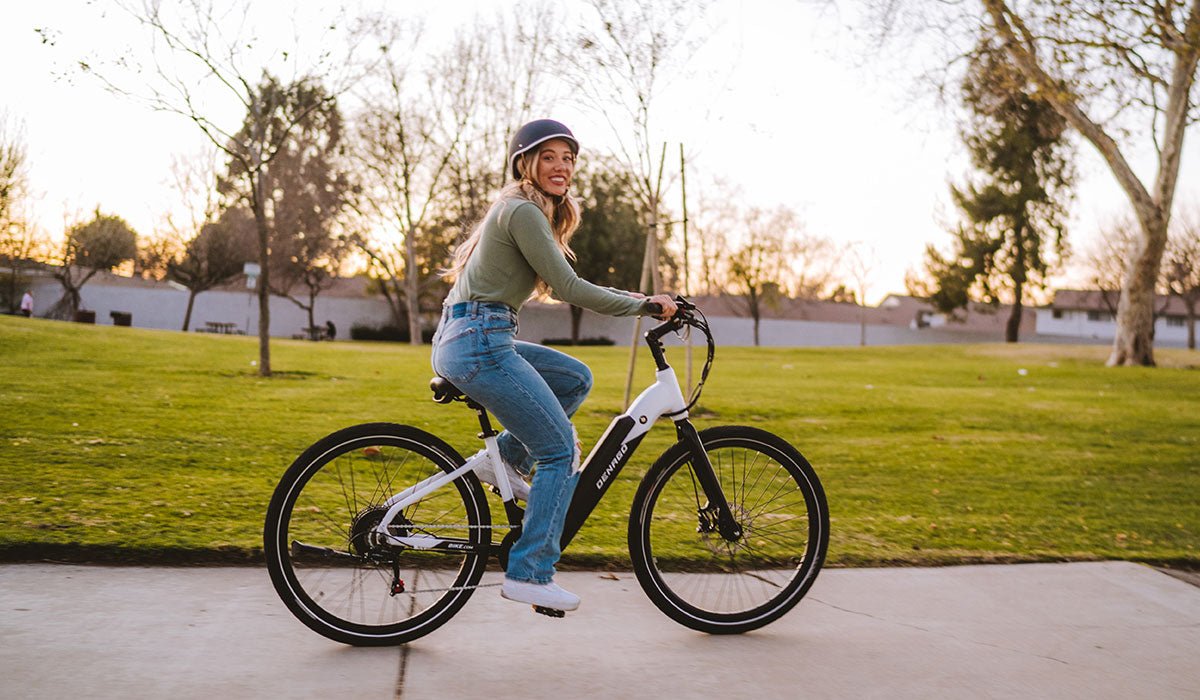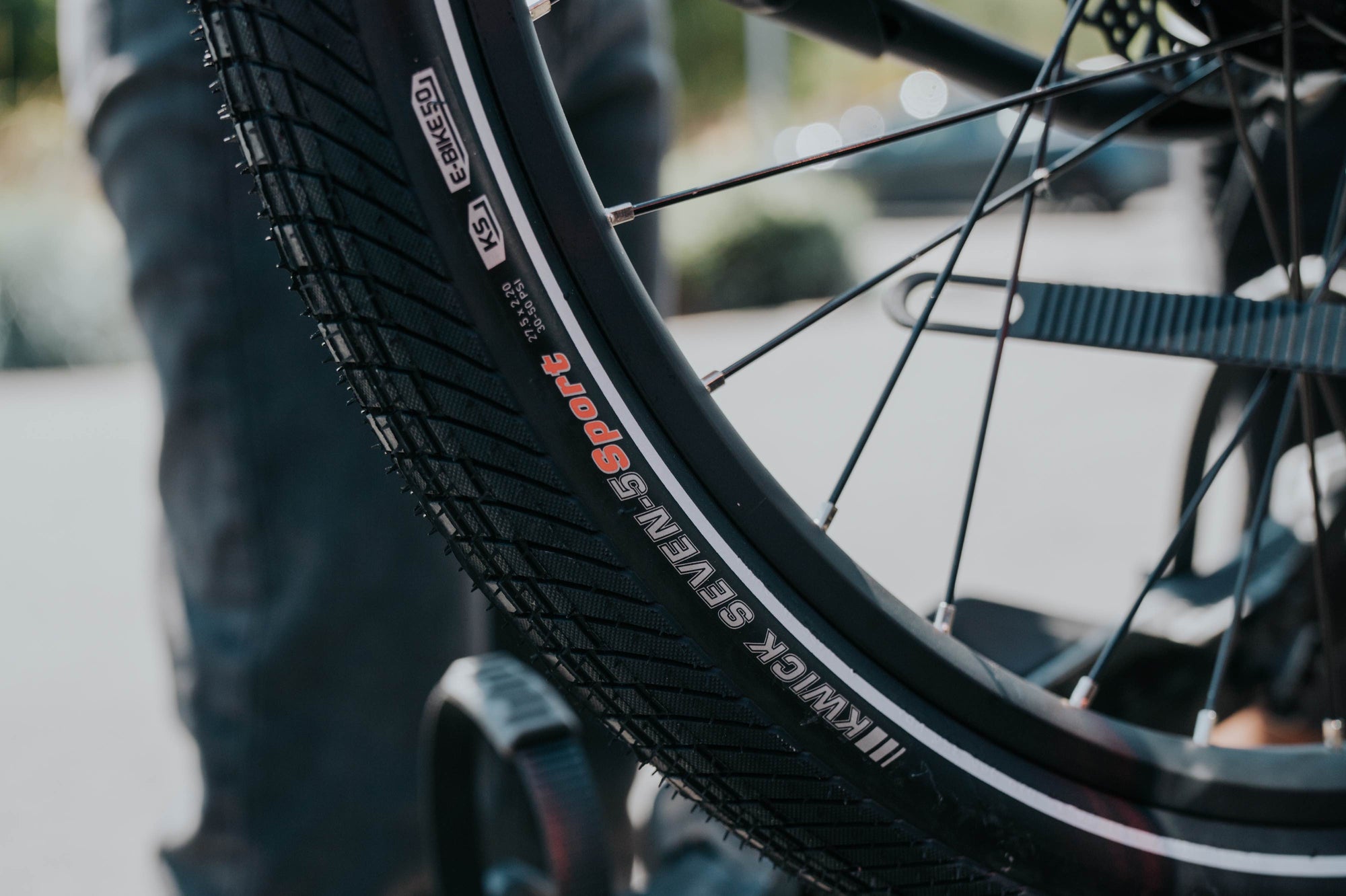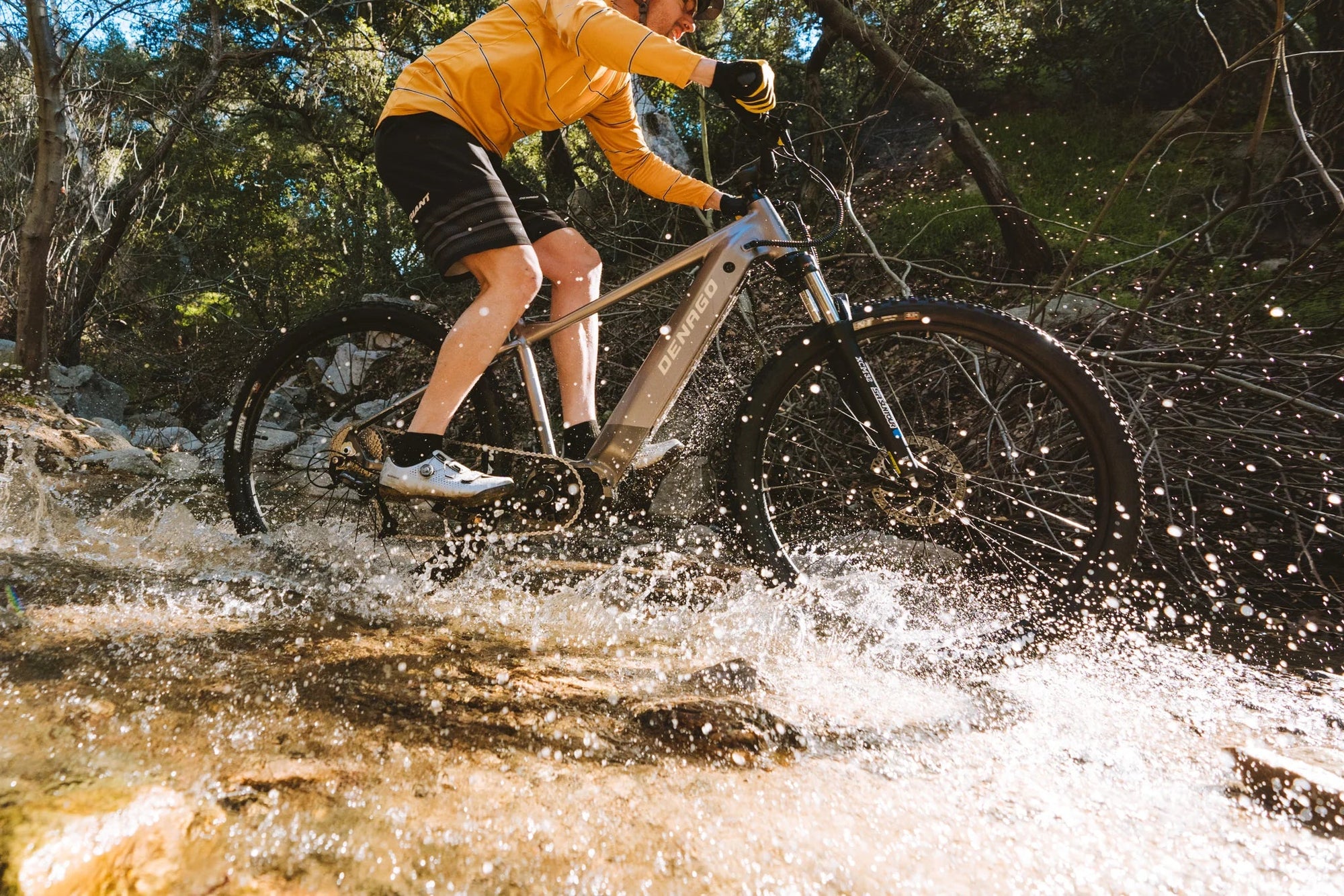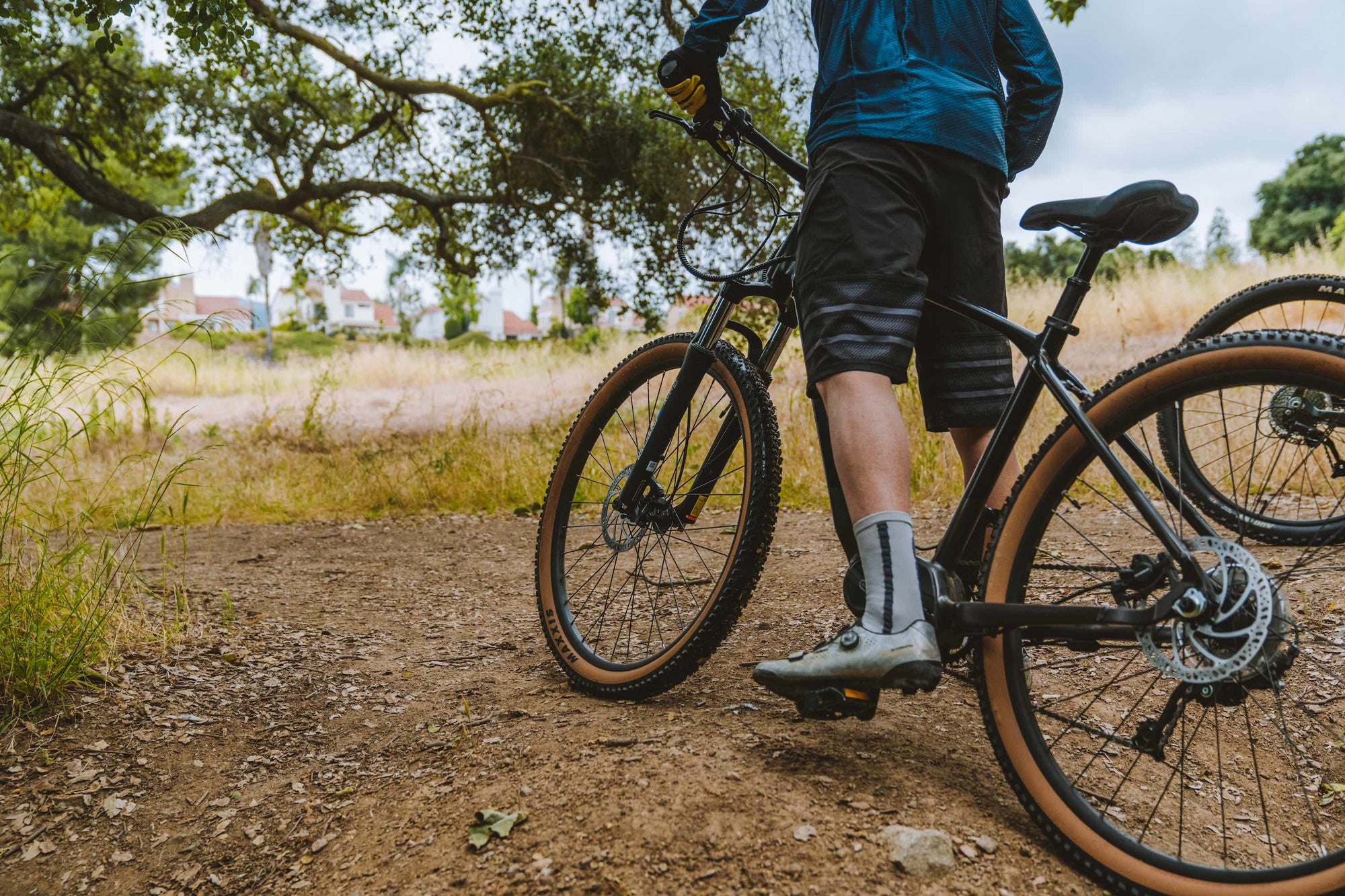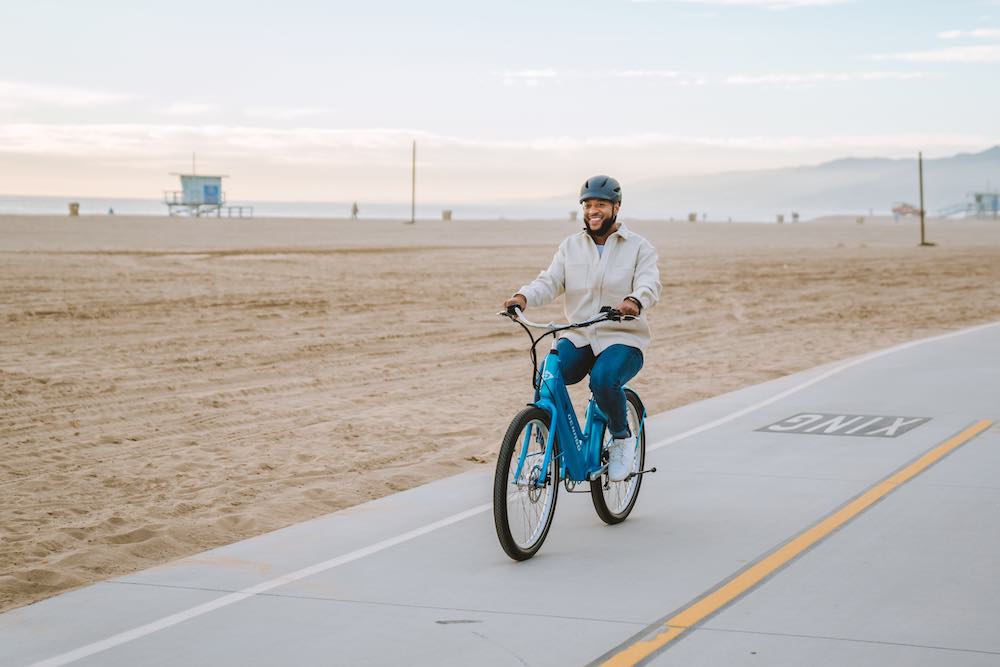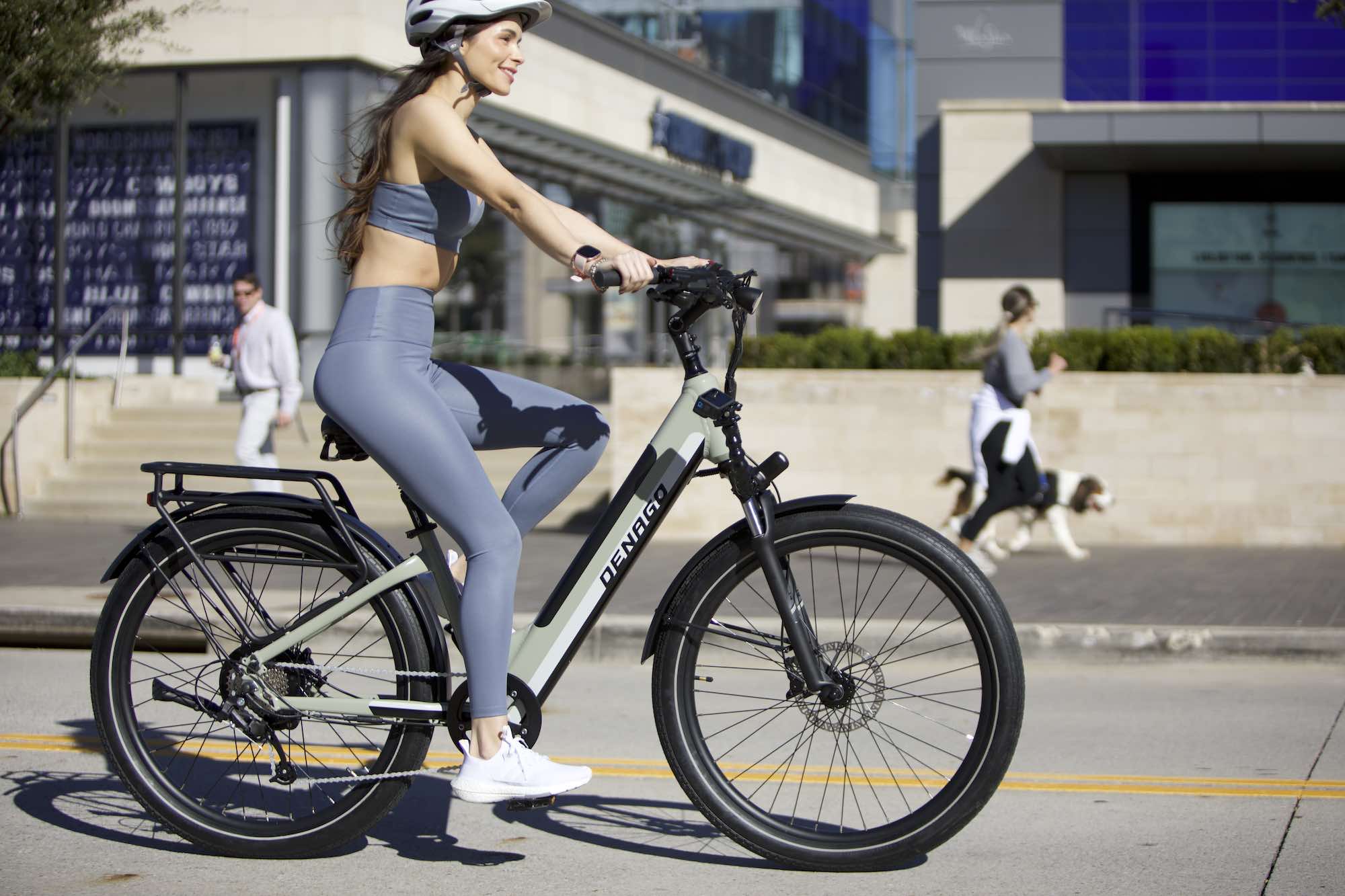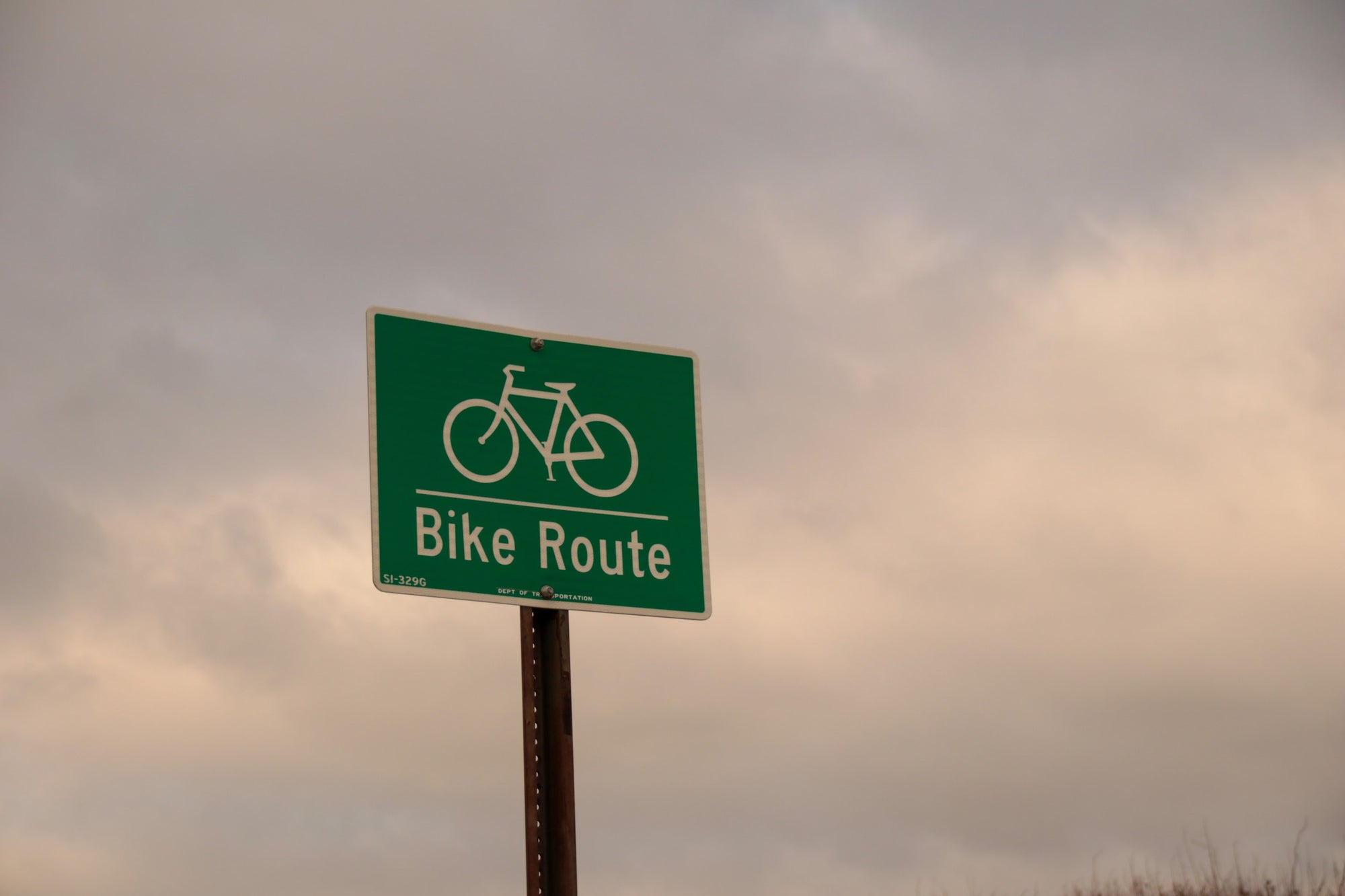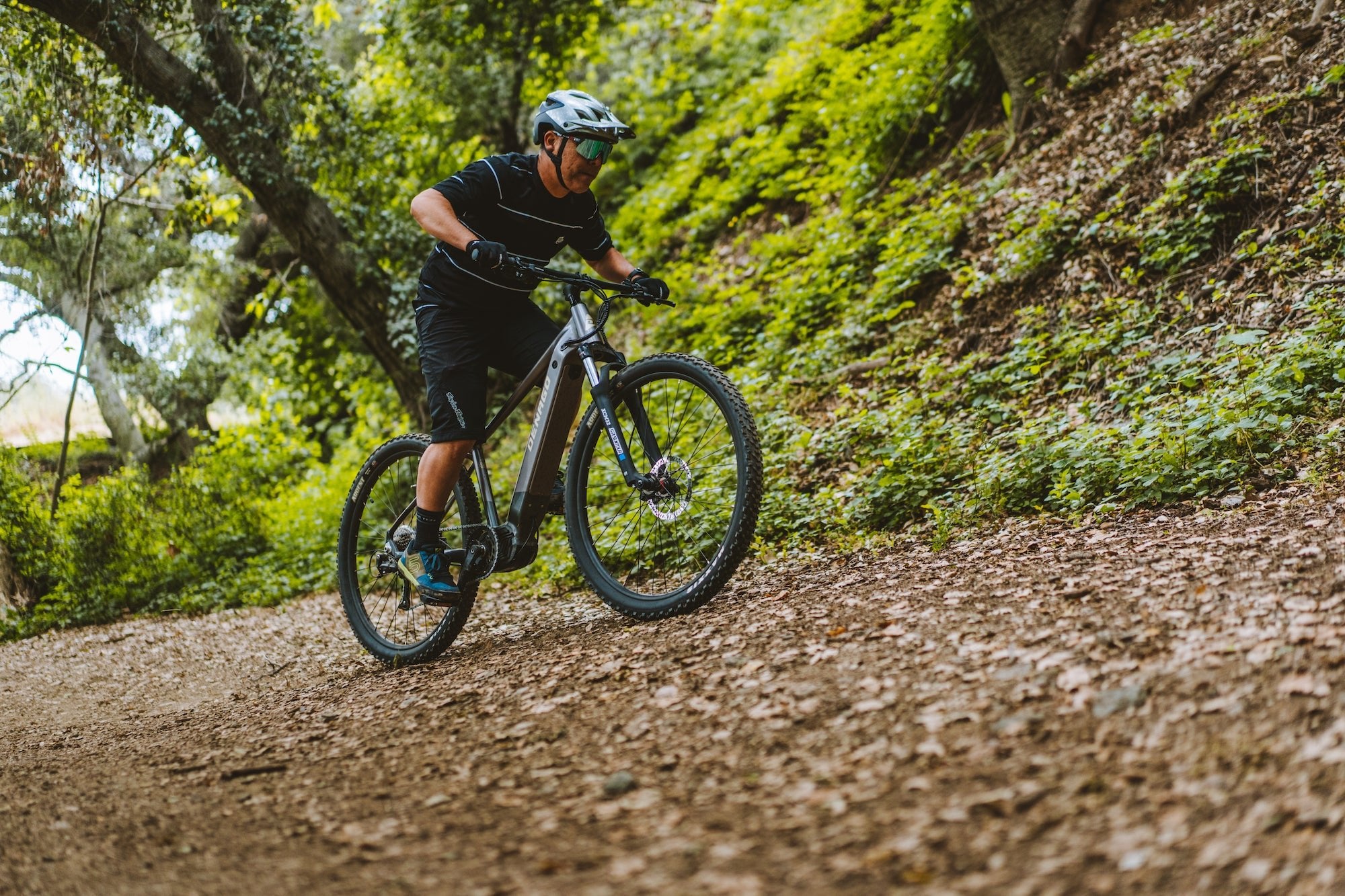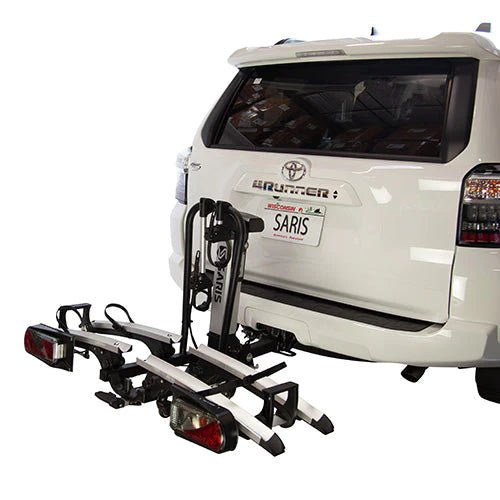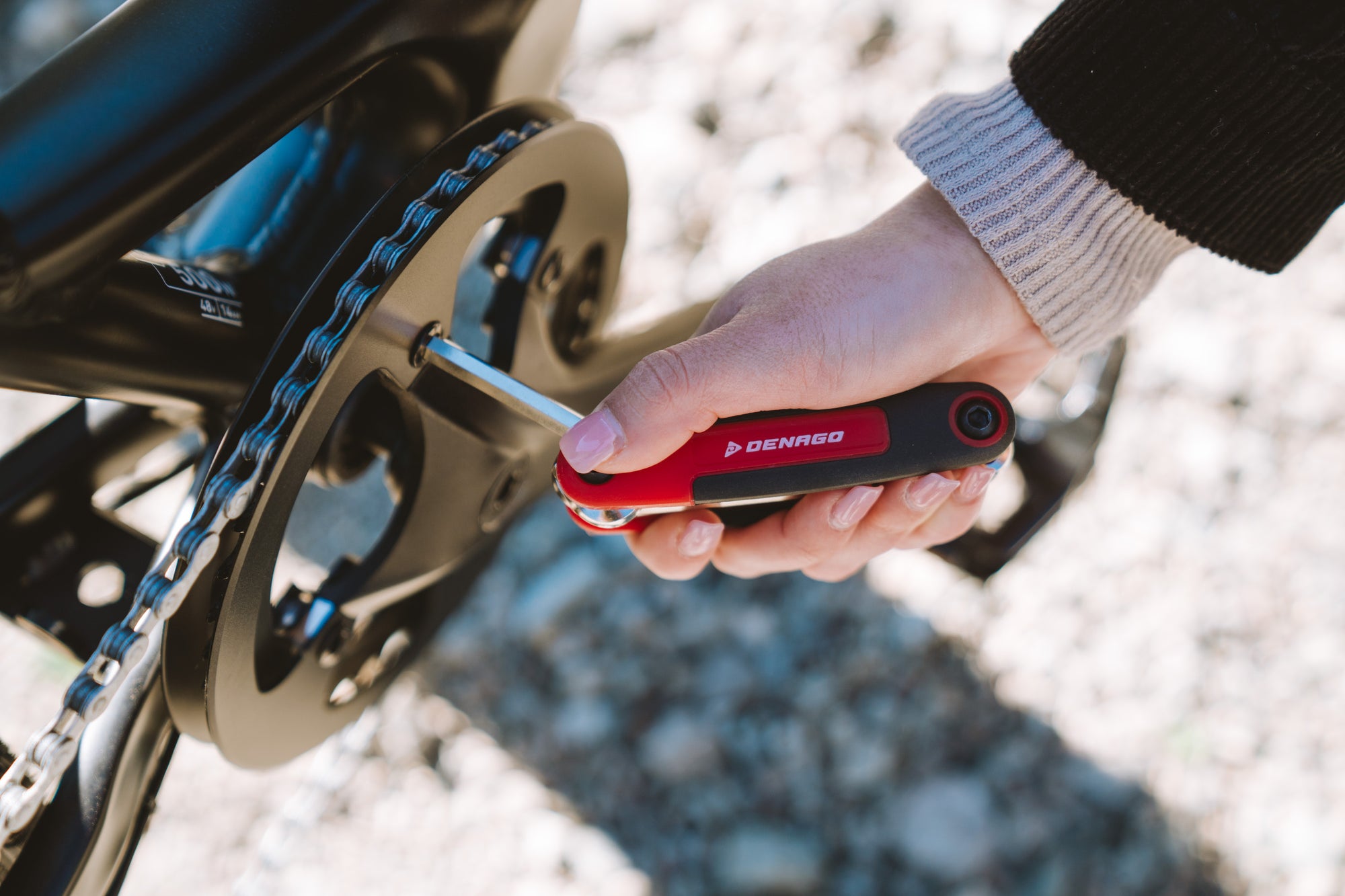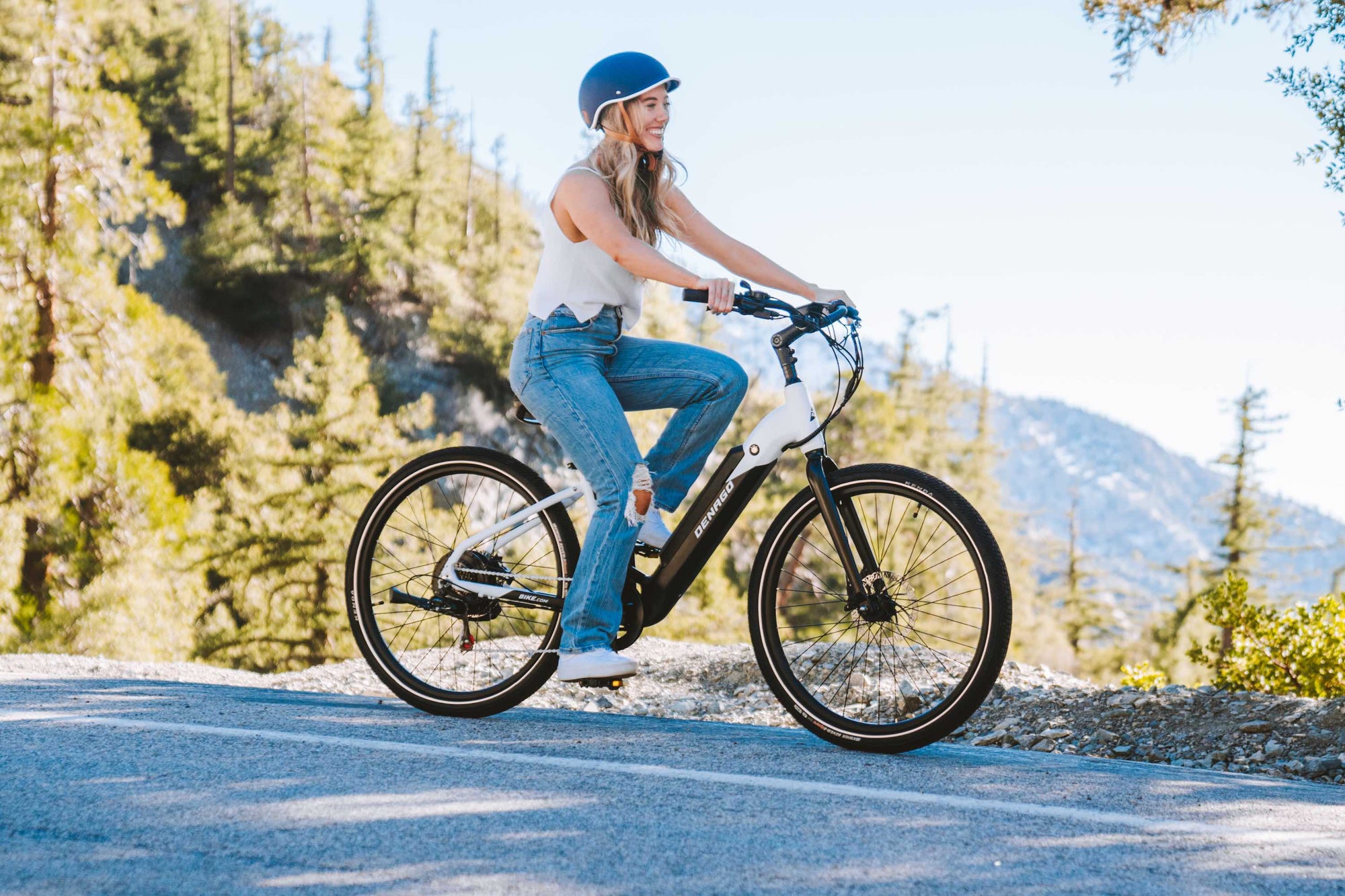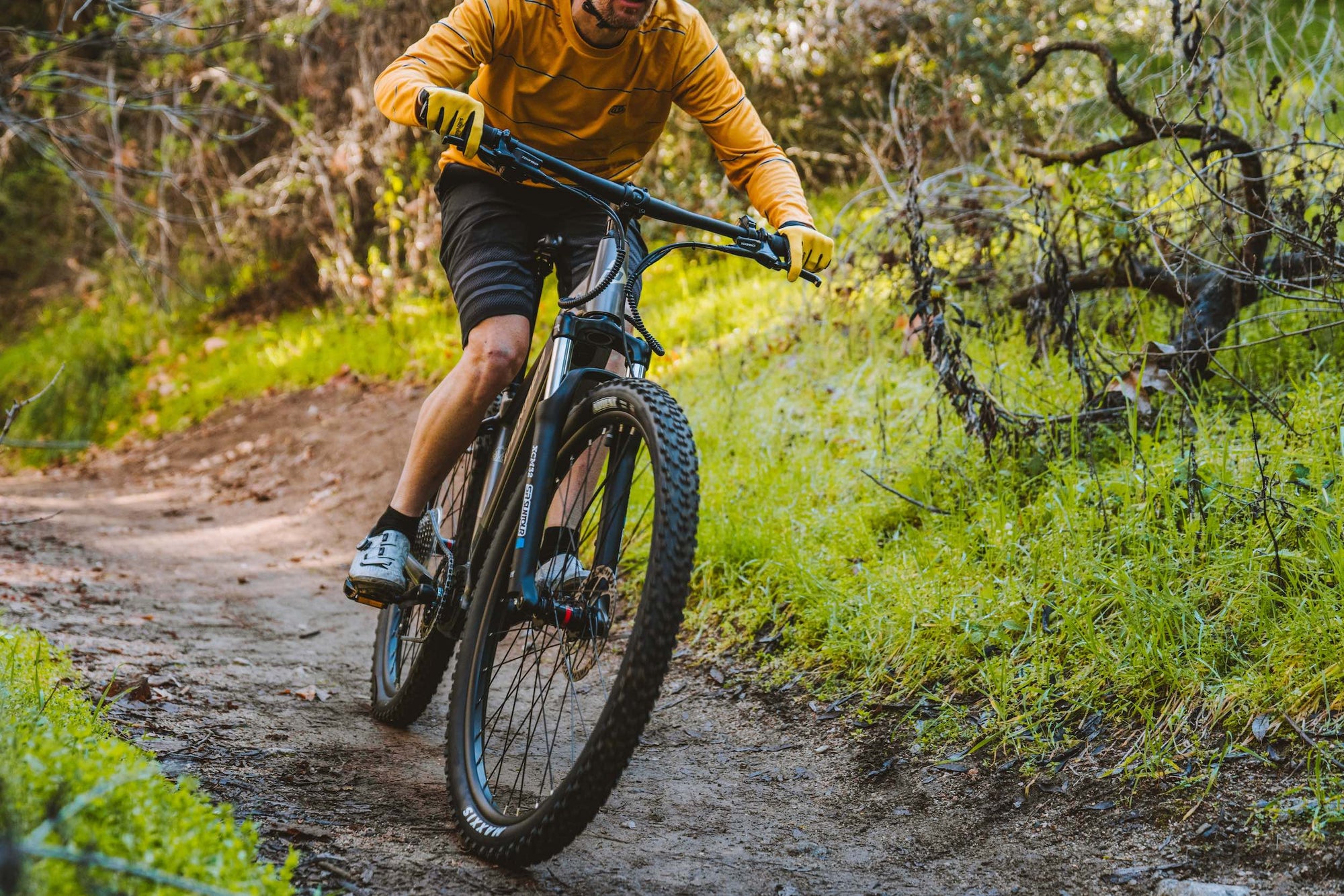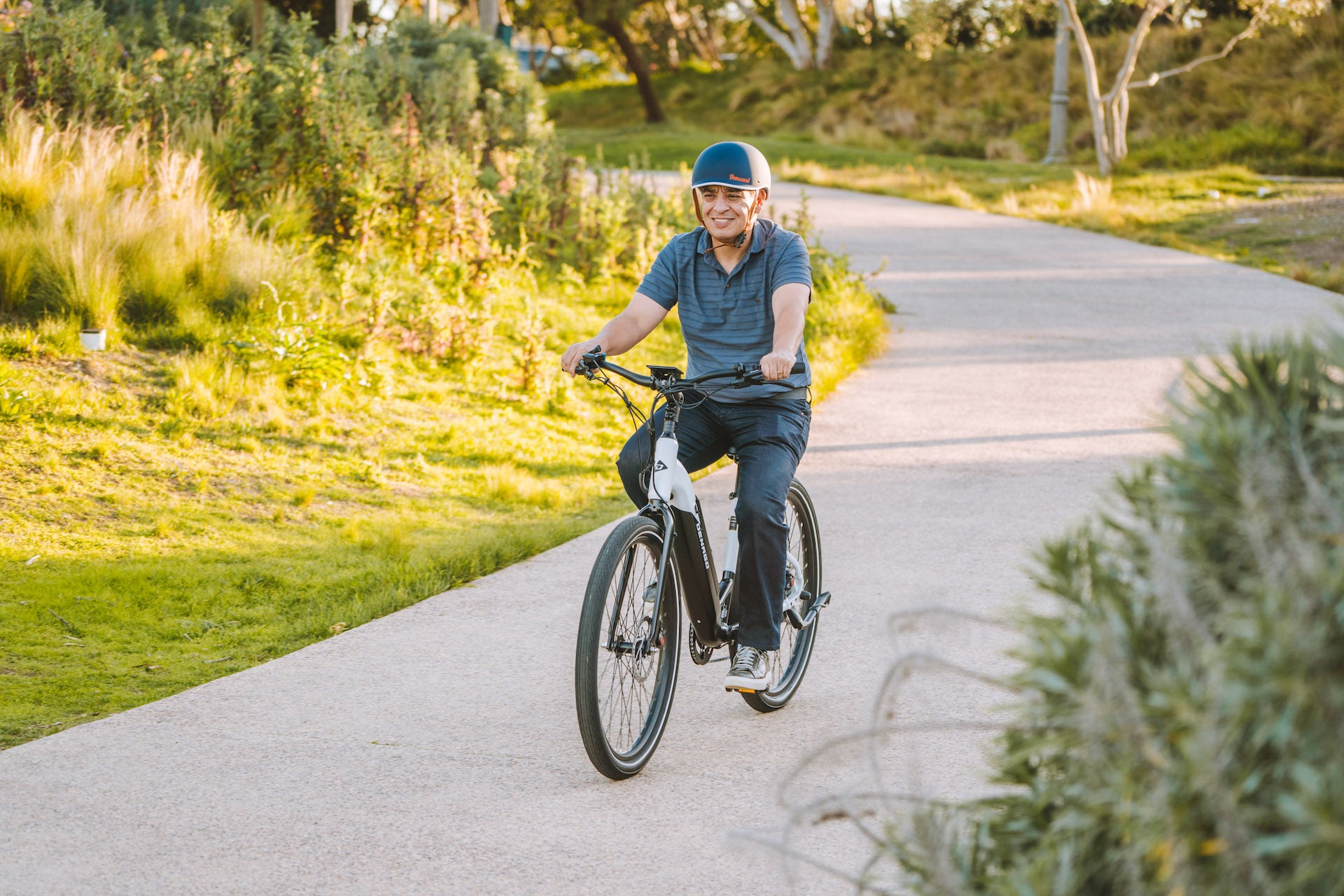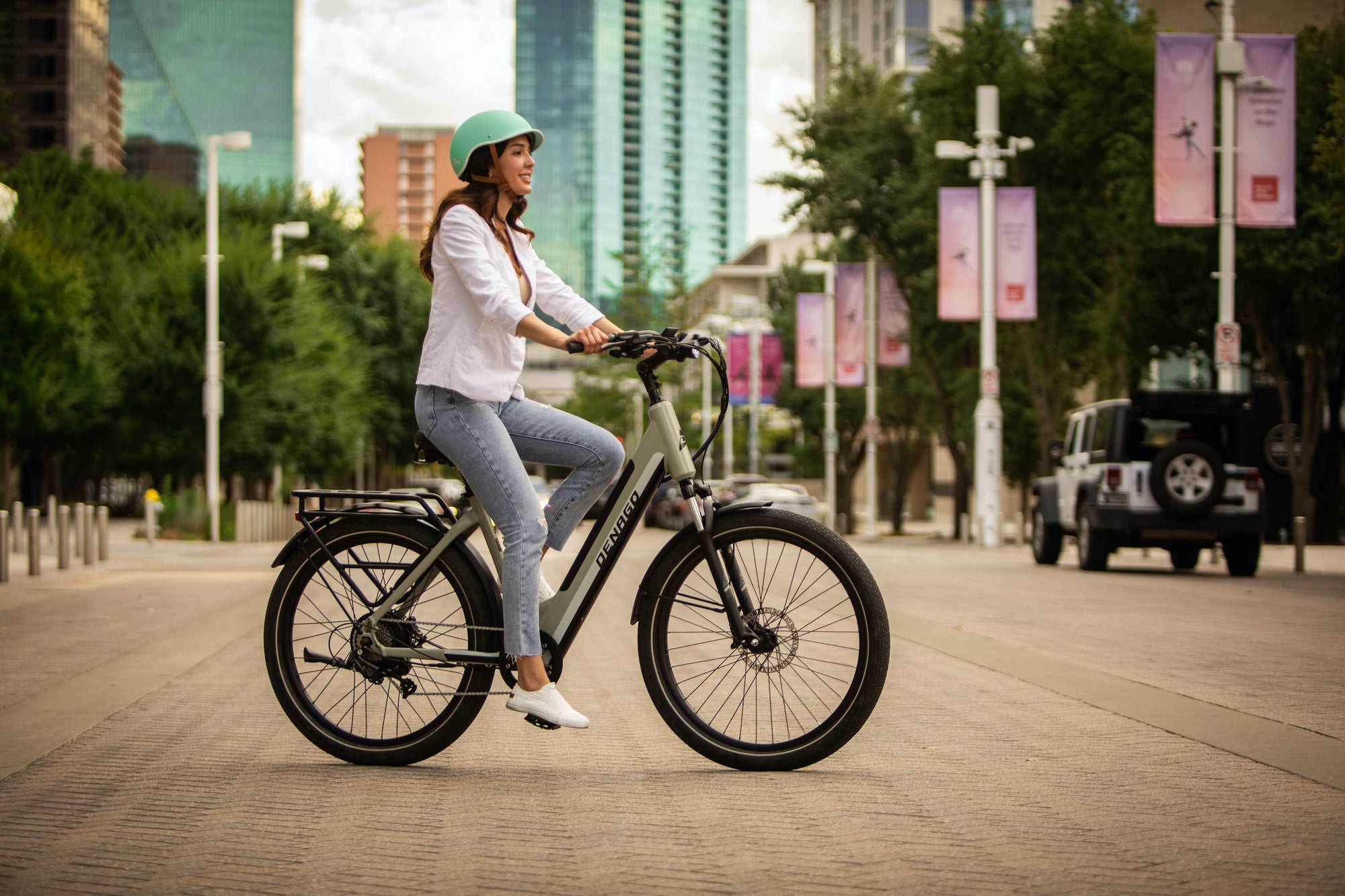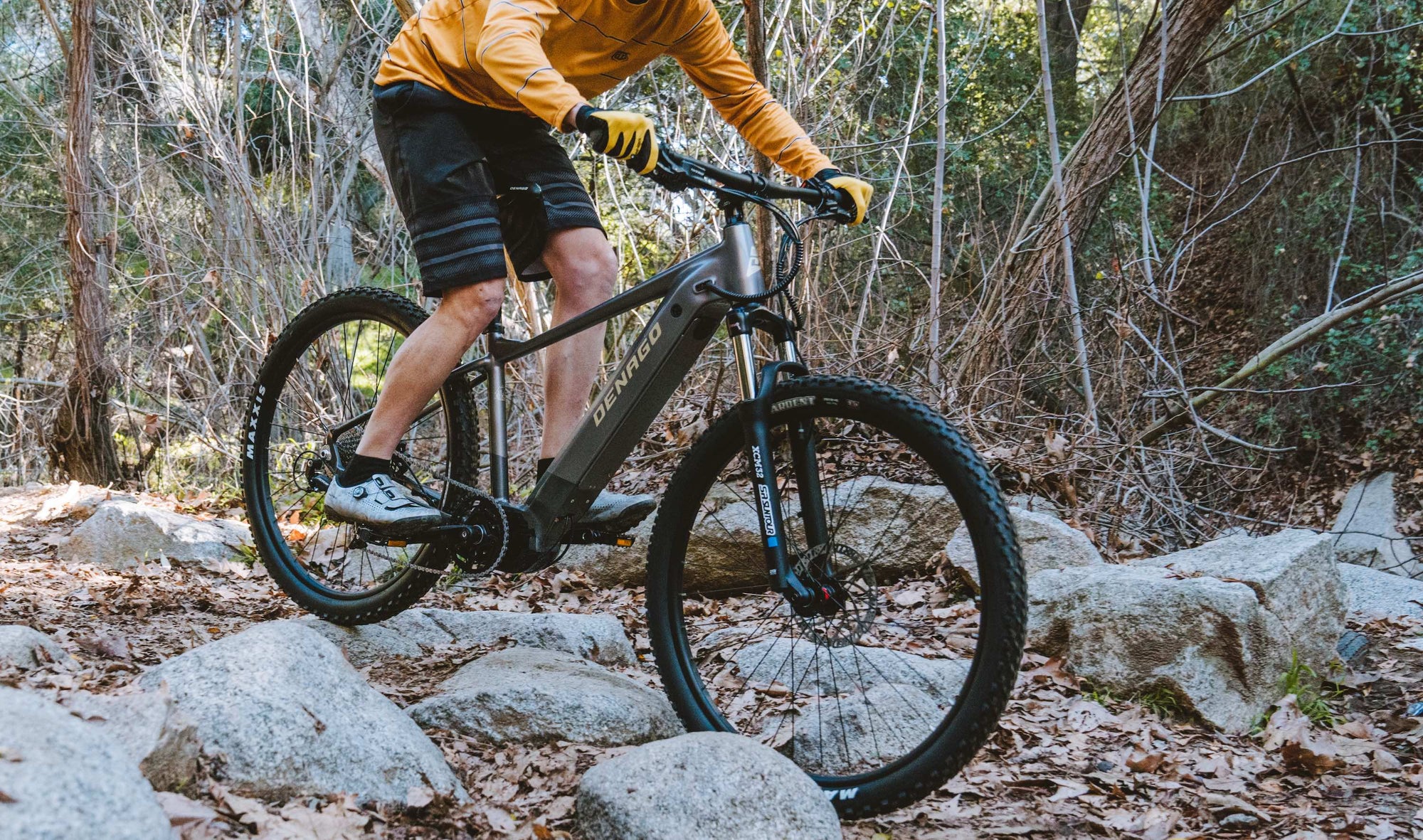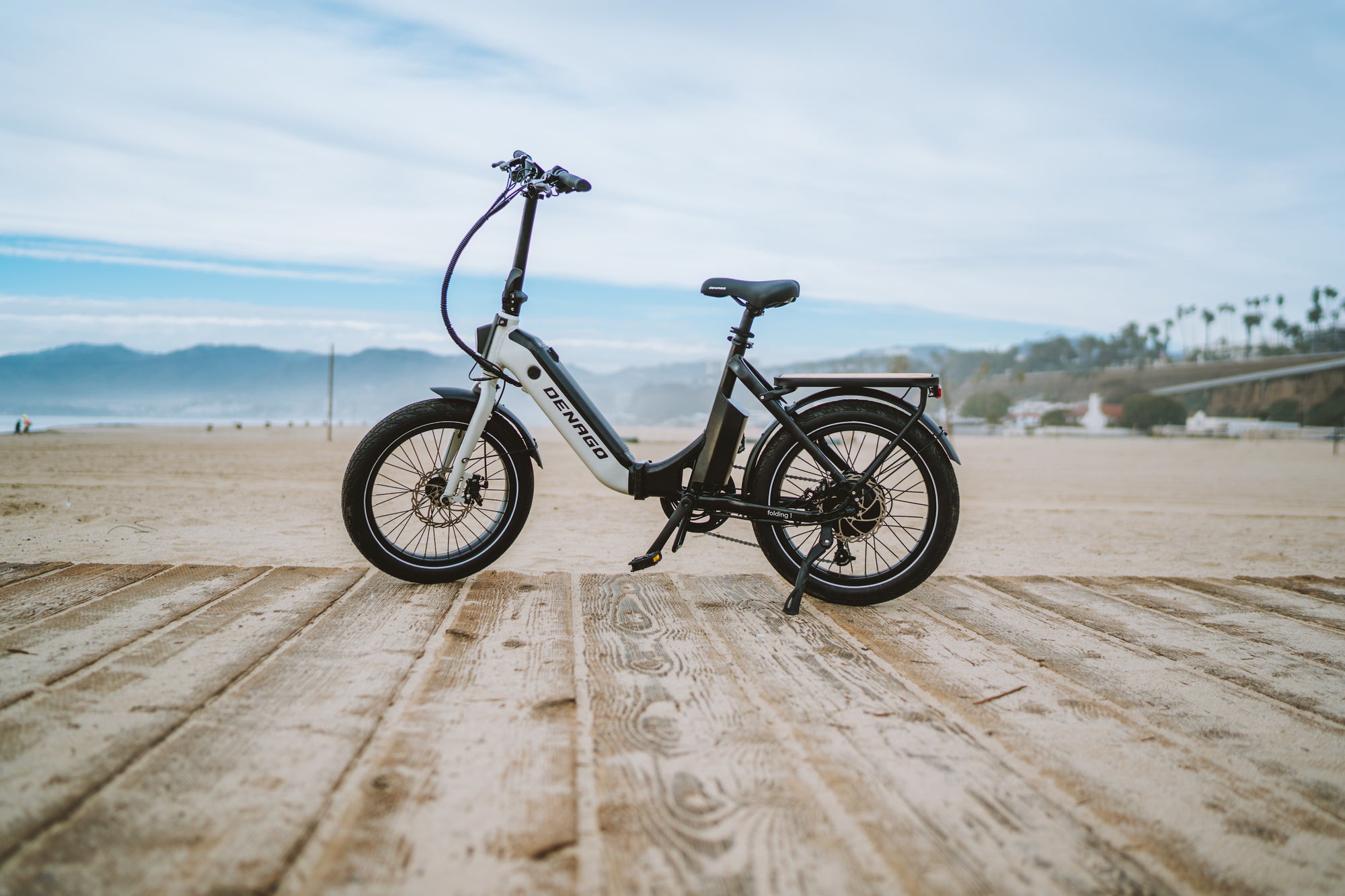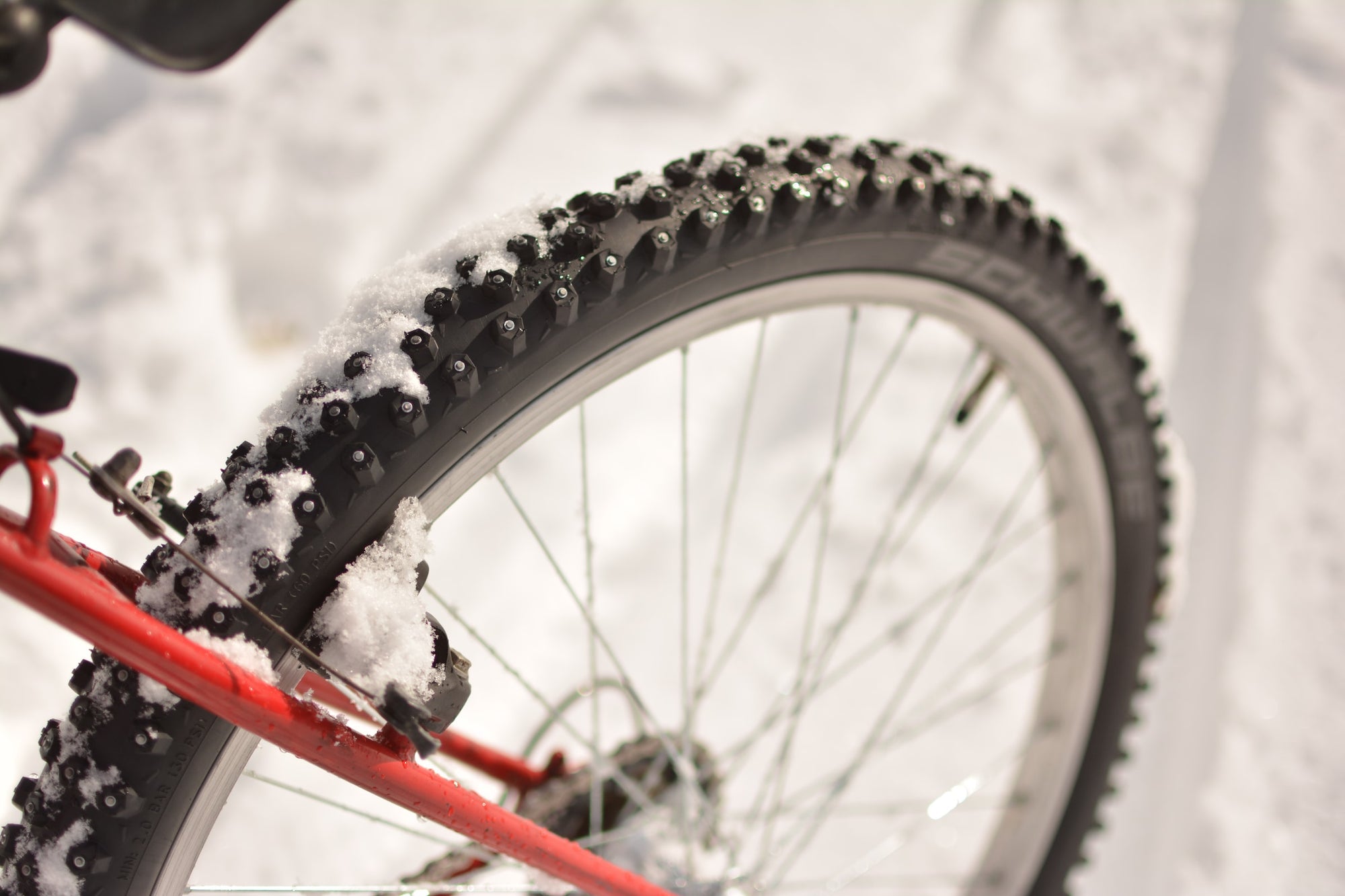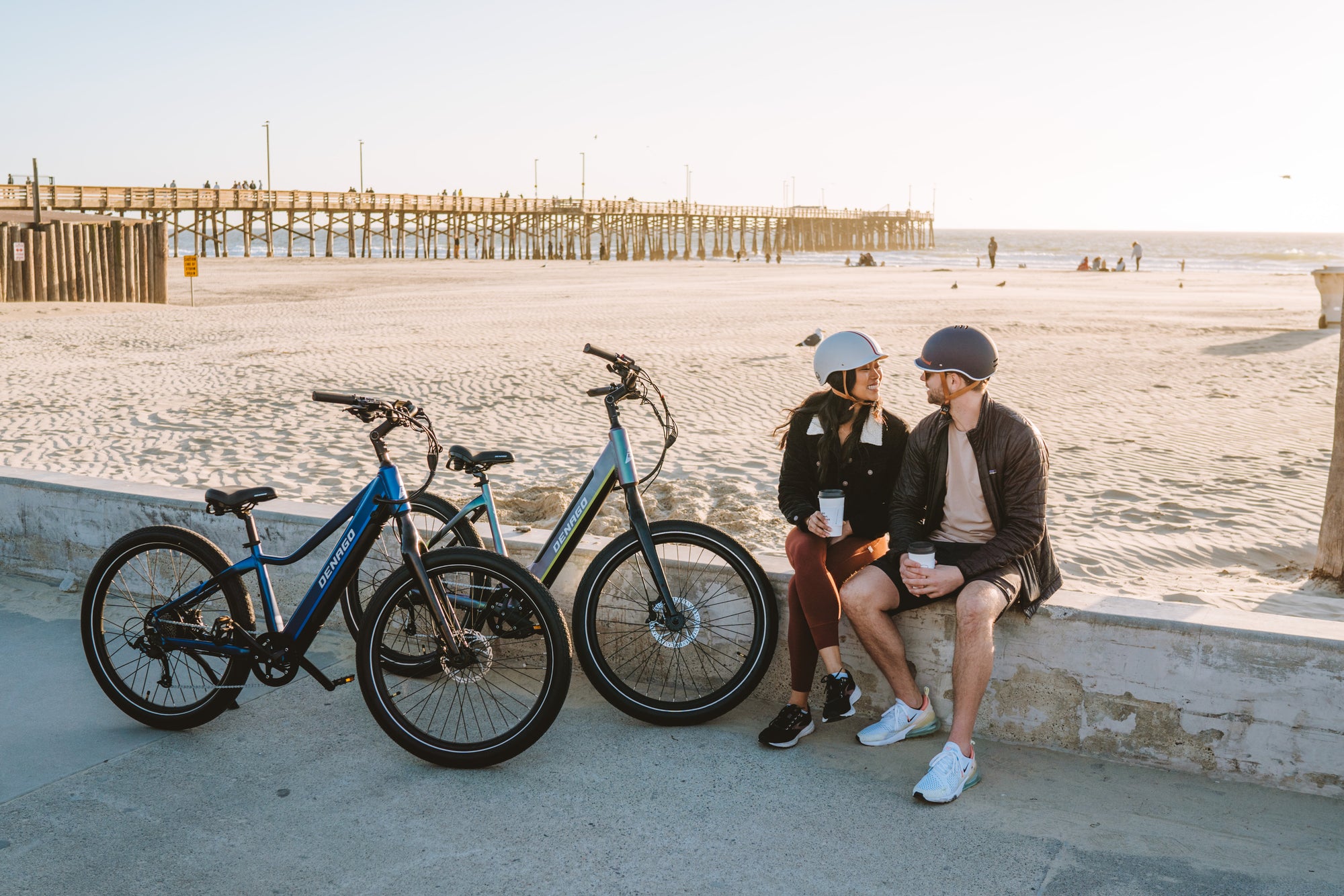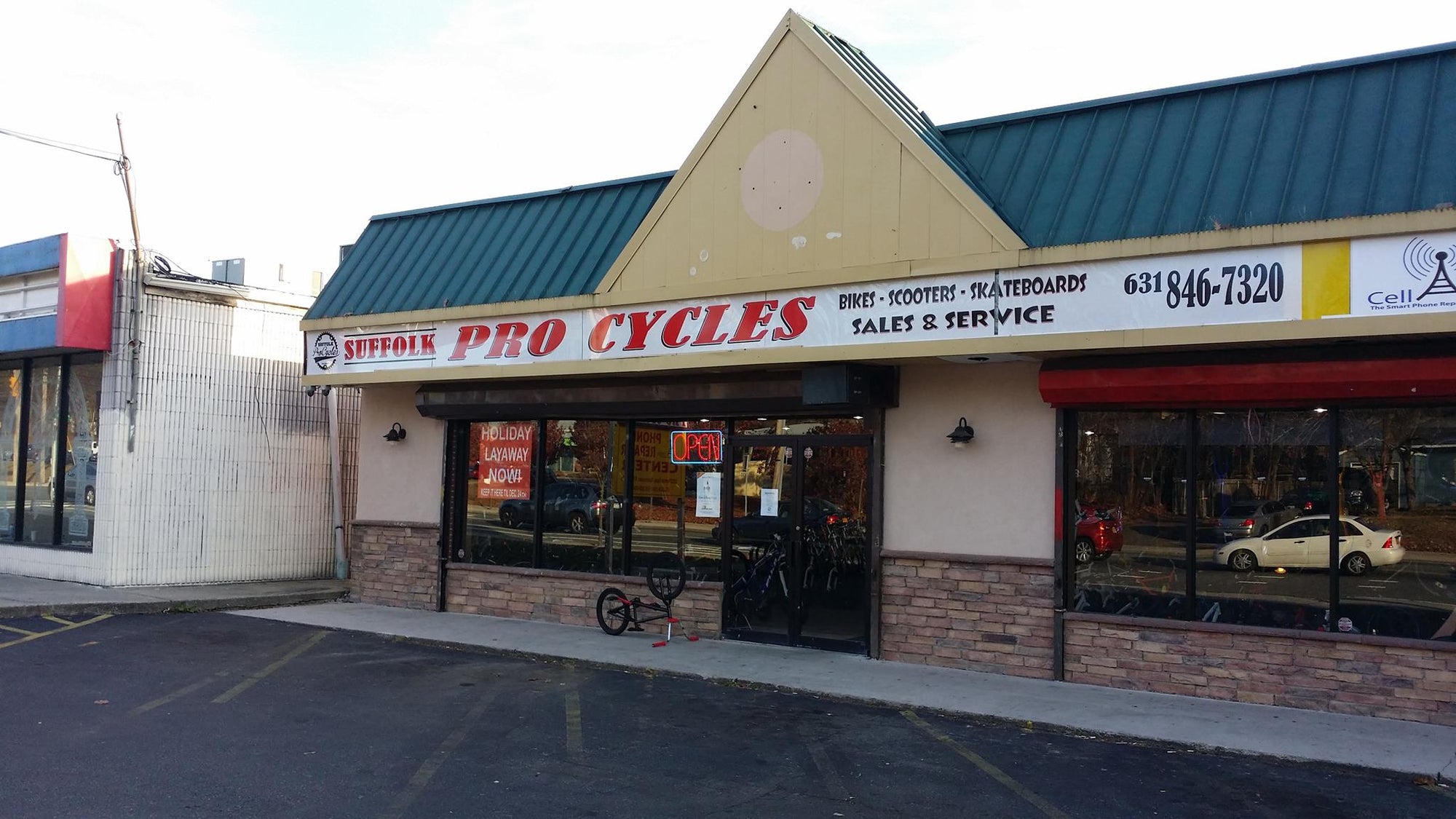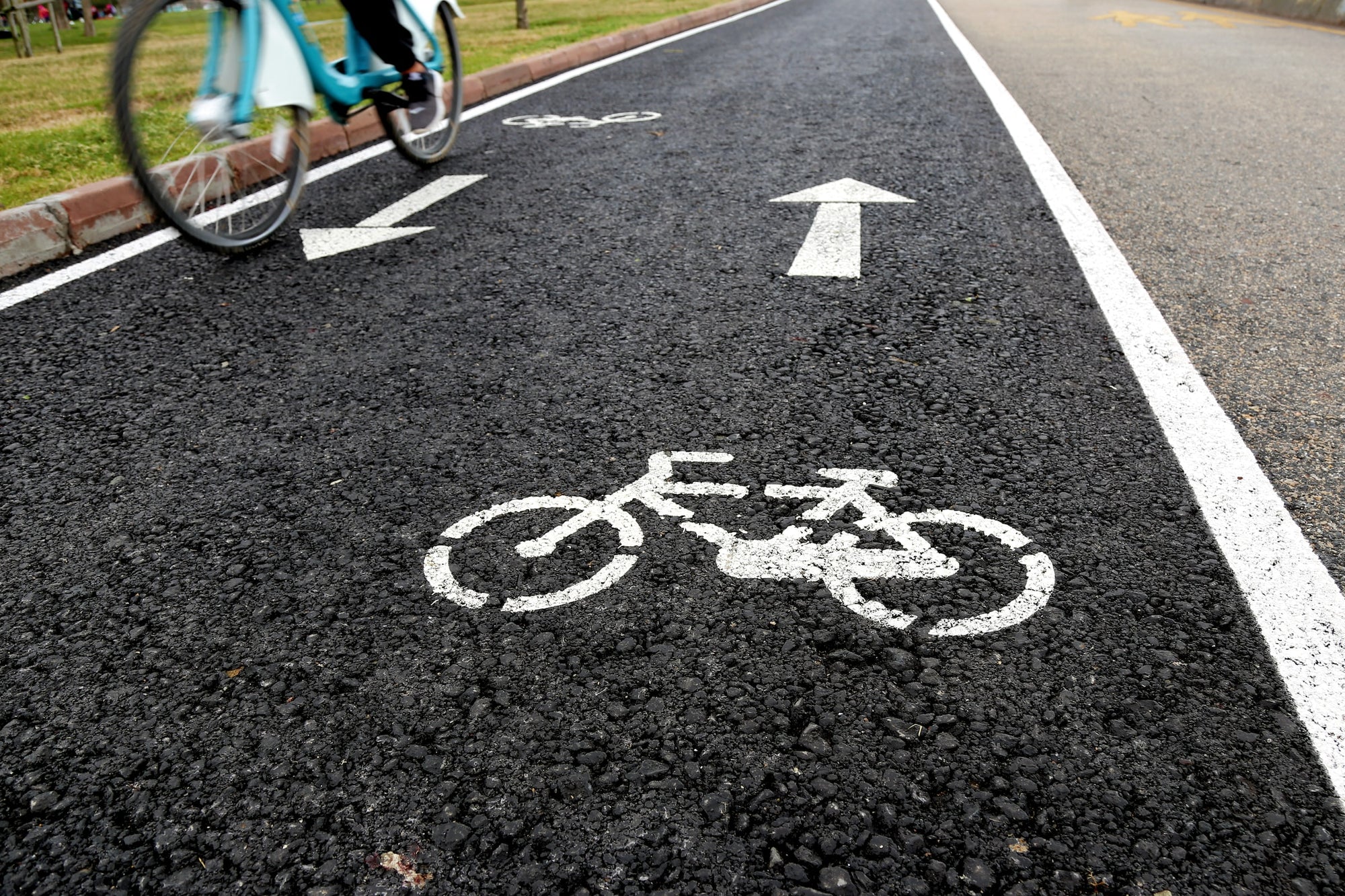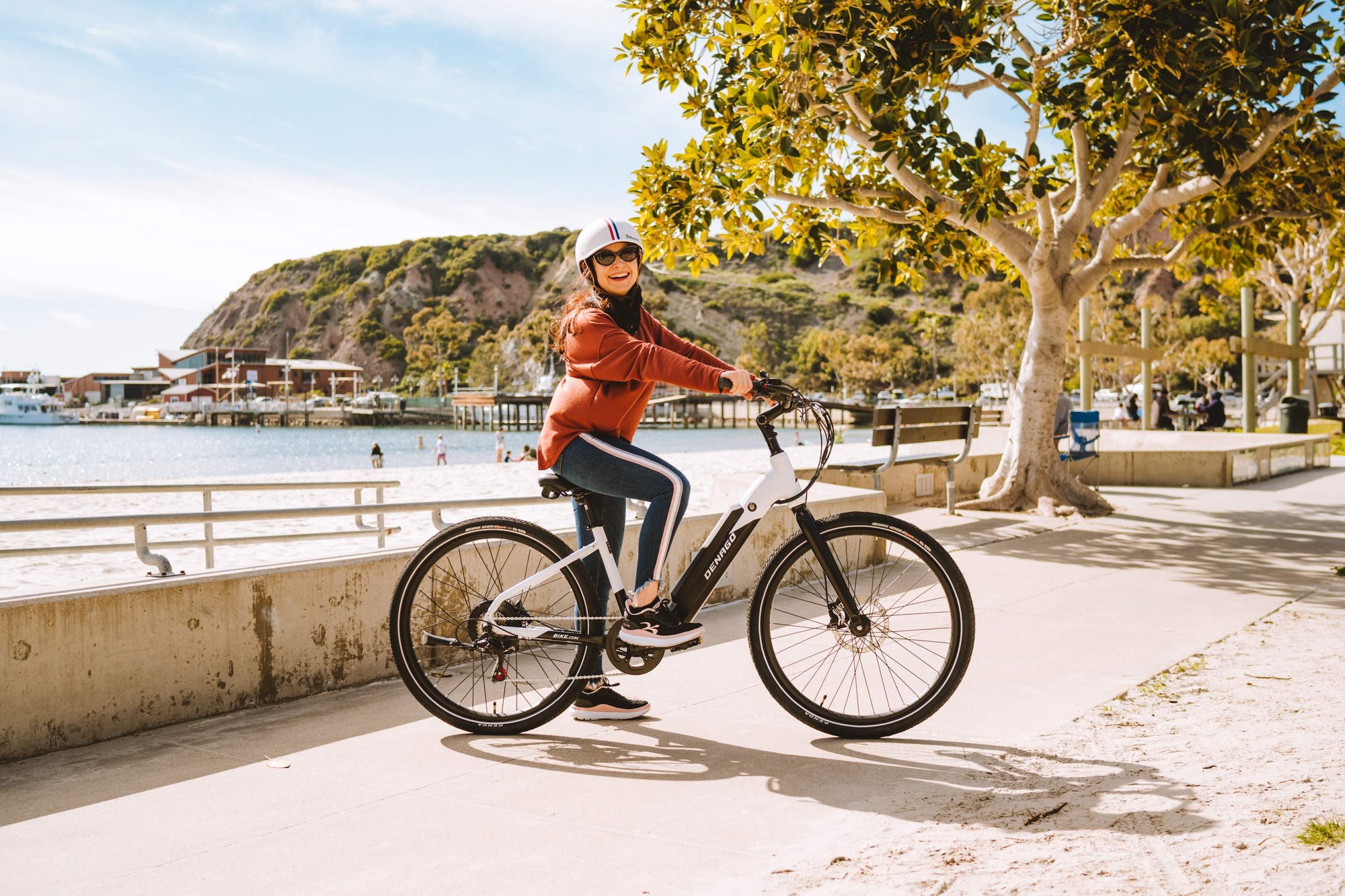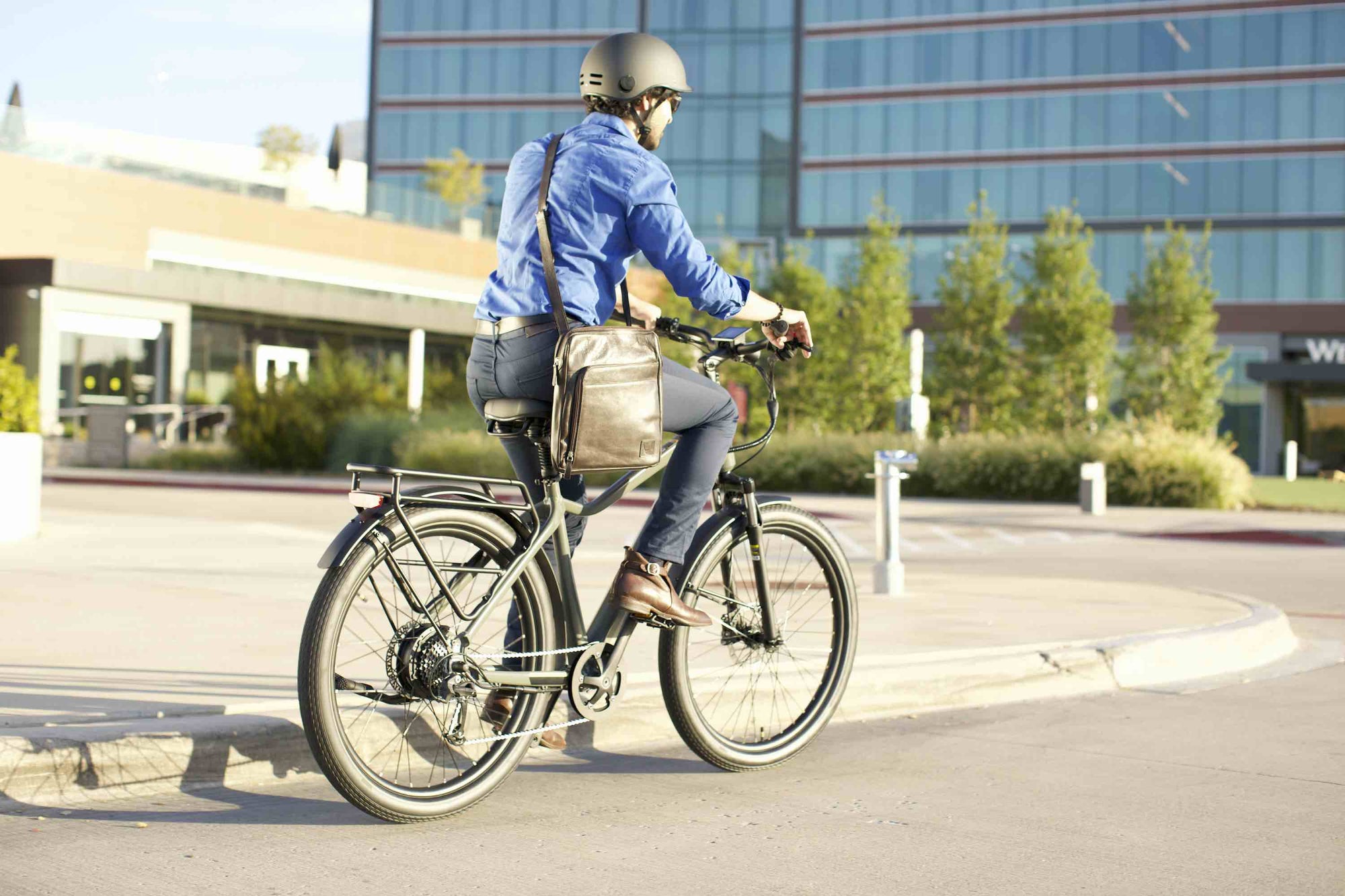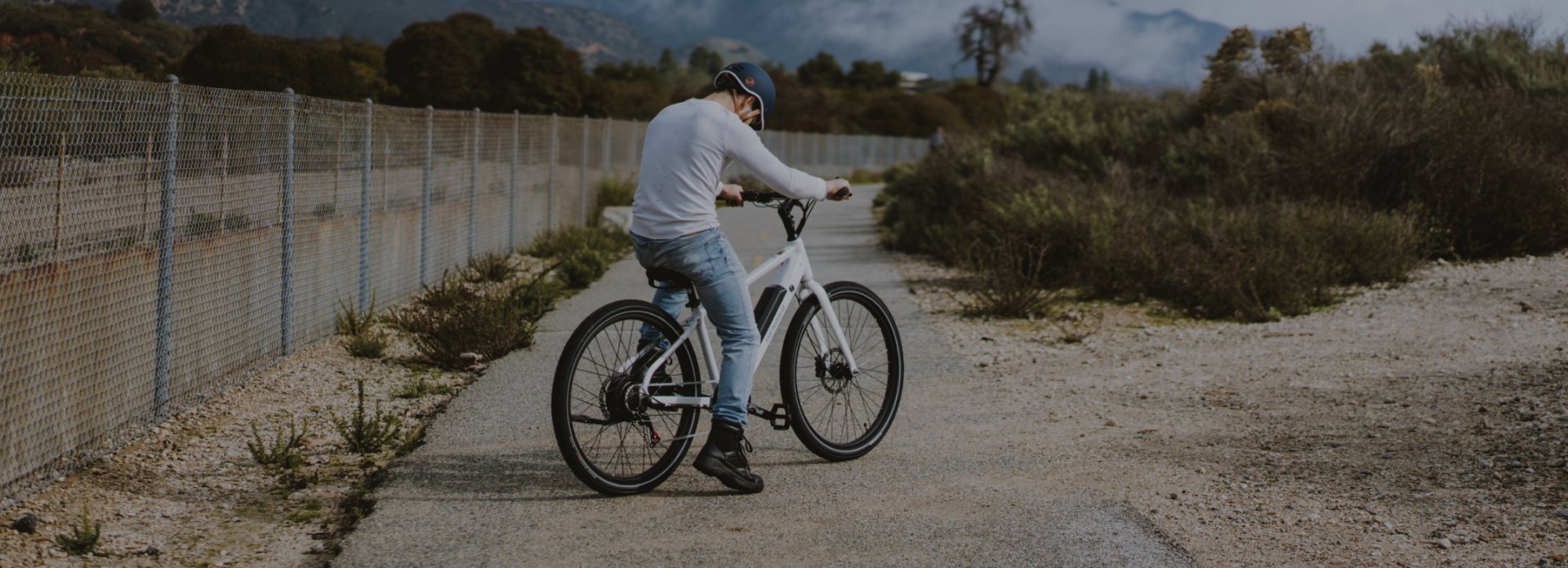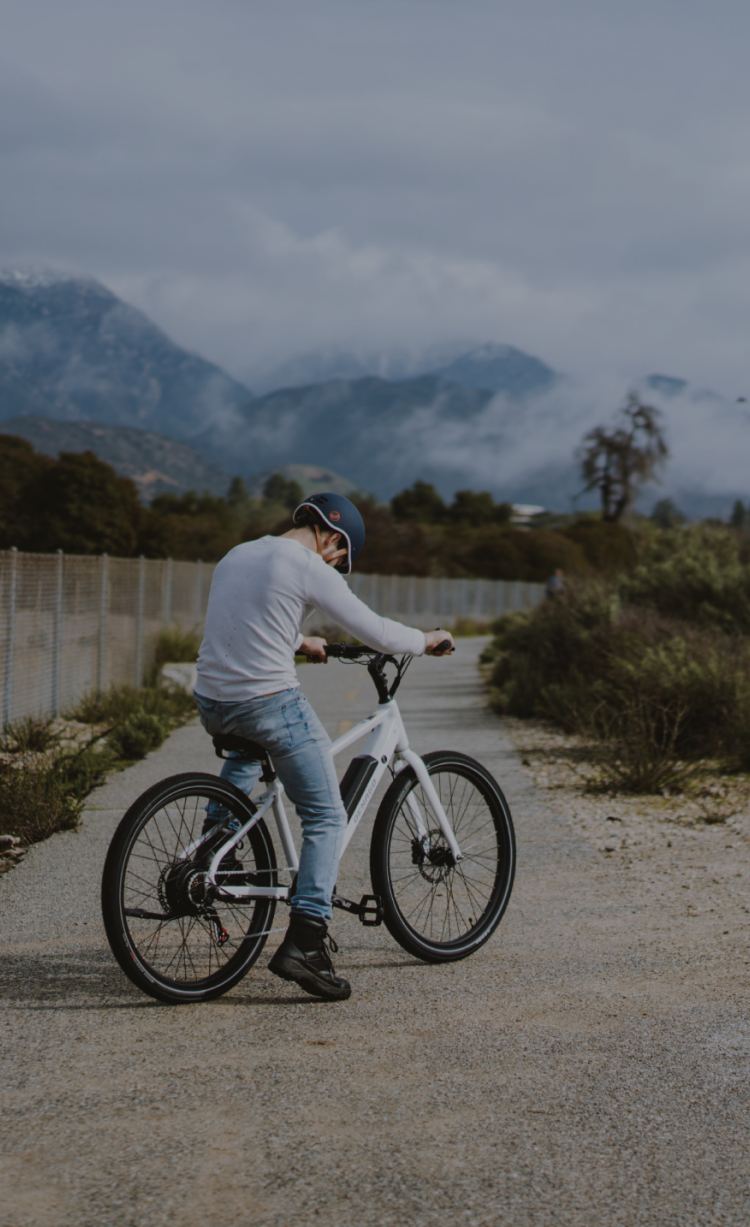If you're in the market for a folding eBike, you've likely noticed that many look similar, and there's quite a bit of overlap in their features and capabilities as well. All folding eBikes are not the same, however, and the subtle differences between models could be the difference between a ride that is truly great vs. only good.
Denago's Folding 1 and Aventon's Sinch eBikes both sell for about $1,499. Let's take a look at some of what these models have in common, and how they're different.
What the Aventon Sinch and Denago Folding 1 eBikes have in common
The Aventon Sinch and Denago Folding 1 models share quite a few features and specs which are very similar, if not identical:
- 672 Wh hidden, internal batteries
- 500 watt rear hub motors
- throttle operation at up to 20 MPH
- 7 speed drivetrains
- Frame styles that fit a large range of adults
- Folding design that collapses for storage or transport
- 3 Amp fast chargers
How the Aventon Sinch and Denago Folding 1 models are different
The Aventon Sinch and Denago Folding 1 models differ in these key areas:
- The Denago Folding 1 includes fenders and a rear rack. The rear rack and fenders are sold separately on the Sinch.
- The Denago Folding 1 includes built-in front and rear lights, which are not offered on the Aventon Sinch.
- The Denago Folding 1 ships as a Class III eBike capable of 25 MPH on pedal assist, while the Aventon Sinch ships as a Class II eBike that stops at 20 MPH on pedal assist.
- The Aventon Sinch has an optional app that can be installed on your mobile phone. The Denago Folding 1 does not have this option.
- The Aventon Sinch uses a color display vs. greyscale on the Denago Folding 1.
- Denago uses a telescoping seatpost that offers a huge range of adjustment, so very short and very tall riders can ride. The traditional seatpost used on the Aventon has less range of adjustment, so may not suit taller riders.
- The Aventon Sinch uses a 4" tire, the same width used on the Denago (full size) Fat Tire eBike. These tires offer plenty of comfort and grip, but they also create additional rolling resistance compared to bicycle tires in a more traditional width. The Denago Folding 1 uses a 3" wide tire - still wider than usual for additional comfort, but without adding too much extra weight and drag compared to a 4" wide tire. A 3" option is probably better for riders who tend to stick to paved surfaces.
- The Sinch uses a suspension fork, while the Denago uses a rigid fork. Both these options have merit - a suspension fork can add additional comfort, but also adds weight and expense; a folding eBike without suspension can be more cost effective, and easier to carry since it's lighter.
- As a result of those component choices, the Denago Folding 1 is 6 lbs lighter than the Aventon Sinch, an important consideration for a folding bike that might be carried up stairs or lifted into a car trunk.
Which Folding eBike should you buy?
Carefully consider the specs, pros, and cons when shopping for a folding eBike.
In a blind test, these two models might feel very similar. Make your decision based on your riding style - if you plan to lift the eBike, weight could be an important consideration, where Denago has the edge.
The Denago also ships with more accessories (lights, rack, fenders) so it's closer to "ready to ride", depending on your needs. You might need to add additional accessories to the Aventon to haul cargo, for example, or ride at night.
Our team can help you find the best eBike for your needs. Call us at (877) 755-2454 anytime.



